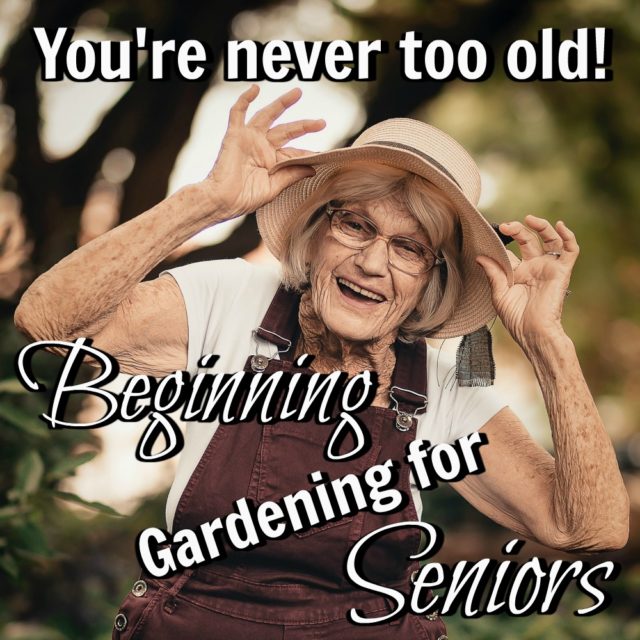
by Danielle K. Roberts
Spring has rolled in, which means it is time to get your garden ready! Doctors and psychologists have stated that gardening can have significant health effects on a person’s mind and body. There are many health benefits for senior citizens who plant gardens, such as managing your stress levels and creating a positive mindset. Gardening in retirement can also help build up your physical strength that can also improve your motor functioning. When creating an outdoor garden or a flower pot garden, some plants are easier for beginners. Read on to learn what we think are great plants for seniors, just starting with gardening. Enjoy our excellent planting guide for Utah vegetable gardens. Even if you missed the first planting in spring, a second planting guide is included!
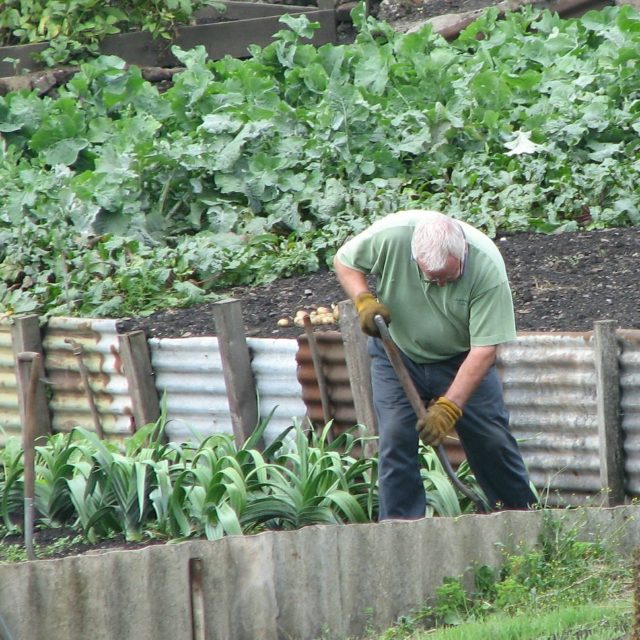
Photo Credit: AKA Ralph at Pixabay
VEGETABLE GARDEN FOR SENIORS
Growing your vegetation is a great hobby and can be cost-effective in the long run. If you have never tried homegrown vegetables, then your taste buds have a lot coming! While picking out which type of vegetables you would like to plant and grow in your garden, remember that you only want to plant vegetables that you will eat. Do not plant squash if you do not like to eat squash!
Certain vegetables are known for beginner gardeners that are easy to keep alive and maintain.
Cucumber
Cucumbers are a natural vegetable to grow and do not require a lot of maintenance. Whether you choose to plant cucumbers in the ground or a container, you will want to ensure that the soil will drain well. Cucumbers are a vine plant, so keep in mind while planting that the vine will need a place to climb.
Lettuce
Lettuce is a great beginner vegetable to plant because it grows at a fast rate; therefore, you can see results quickly! When planting lettuce, make sure that it receives enough water and that it is in a shaded area during the summertime.
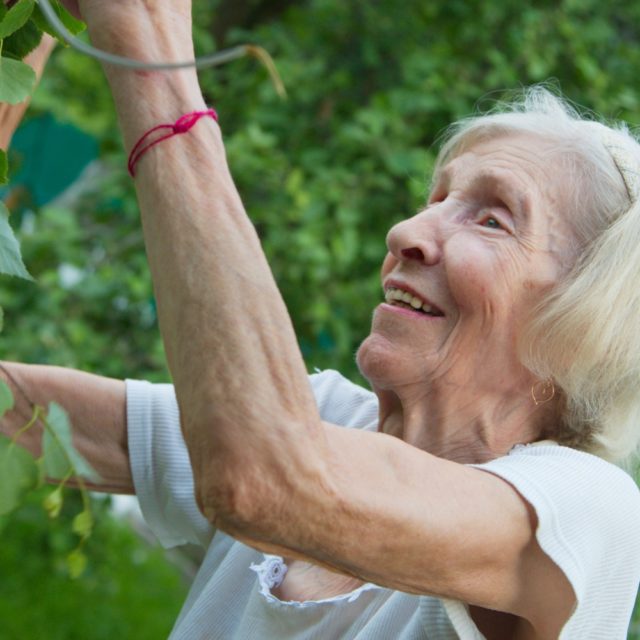
Photo Credit: Piqsels
Green Beans
Whether you want to plant pole beans or bush beans, both are low maintenance that can grow well with just water. The difference in planting the two types of beans is the amount of room they both need. If you decide to plant a pole bean, you will need to invest in a trellis on which to grow the beans. If you would like to plant a bush bean, you will need about two feet of room for it to grow (but no individual support is required.)
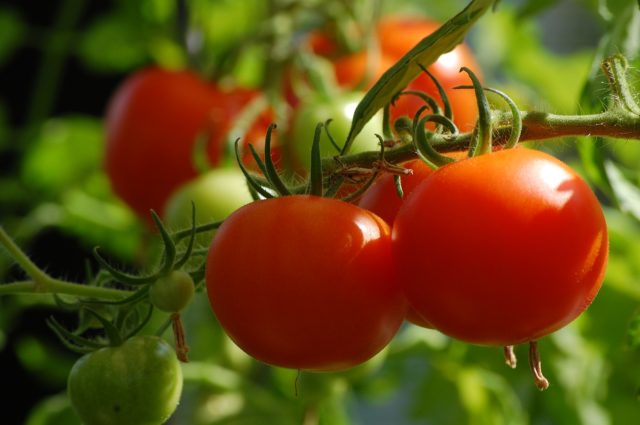
Photo: Pixabay
Tomato
The most popular vegetable (or fruit) to grow! There is a wide variety of tomatoes that you can grow, such as grape tomatoes or heirloom tomatoes. The key to growing fresh tomatoes is by watering them in the morning, provide lots of sunlight, and not overcrowd them while they develop.
Click here to read up on five green veggies for a fall garden. Or view a good list of warm versus cool-season vegetables.
FLOWER GARDENS FOR SENIORS
Having a flower garden will bring bright, vibrant colors for you and your neighbors to gawk at. When having a flower garden outside your home, you can create an aesthetic appeal to your property. Caring for certain flowers can be difficult, as most flowers are very delicate. You will want to steer clear of exotic flowers, considering that they have special requirements for the up-keep and require a lot of attention. With that said, there are certain species of flowers that are perfect for beginner gardeners.
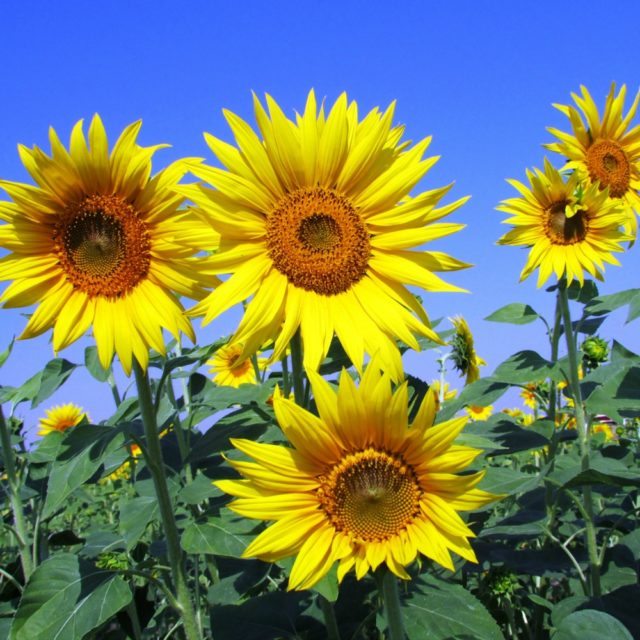
Photo Credit: by Vijayana Rasimha at Pixabay
Sunflowers
There is a minimum up-keep when planting and growing sunflowers. The sunflower seeds are large, which makes them easy to handle. After planting the seeds, you will need to water them consistently for 20 days. During the sunflowers growing season, you will want to fertilize the sunflowers with a water-soluble fertilizer.

Photo Credit: Edu Carvalho at Pexels
Zinnias
Zinnias resemble flowers like daisies and dahlias. But, do not be fooled – this unique flower comes in a variety of colors (except blue) and different heights. Zinnias will need space in the garden bed and lots of sunlight to fulfill their full potential.
Marigolds
Marigolds thrive in the summer sun, and their colors can range from yellow, red, and gold. Whether you choose an American or African marigold, they can grow up to be five feet tall, but here in Utah, you will find shorter varieties of all kinds. When watering, you will want to allow the soil to dry between each time you water them.
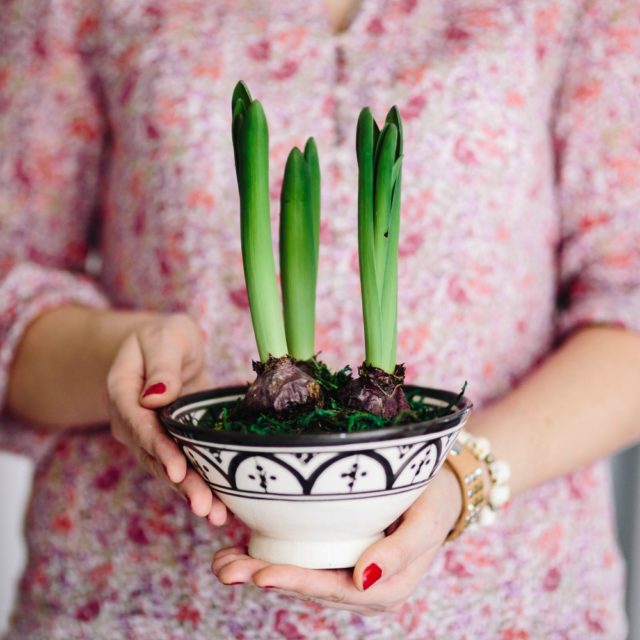
Photo Credit: Sjozb at Piqsels
Daffodil Bulbs
You can plant daffodil bulbs in the spring or fall, and they will burst with intense colors and bloom like no other plant. Daffodils also produce a great fragrance to where you will watch yourself gravitating to them each time. Daffodils require lots of water, so as soon as they are planted, you will want to water them immediately. Once they start to bloom, you can put a halt to watering them. Don’t limit yourself to daffodils. There are gladiolas, calla lilies, tulips, crocus, hyacinths, and more.
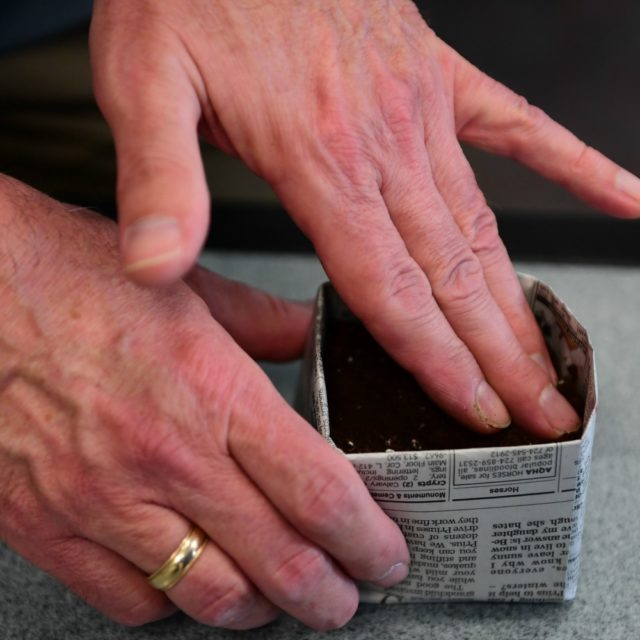
Gardening doesn’t have to be expensive! Be creative and go for it!
To Sum it Up
You are never too old to plant a garden of sorts. Planting your garden can bring stimulation to the mind in many ways. Creating and maintaining a garden, even a small garden, is a great hobby for any age, and it will also keep you present in the day with a special award at the end.

Photo Credit: Anna Auza from Unsplash
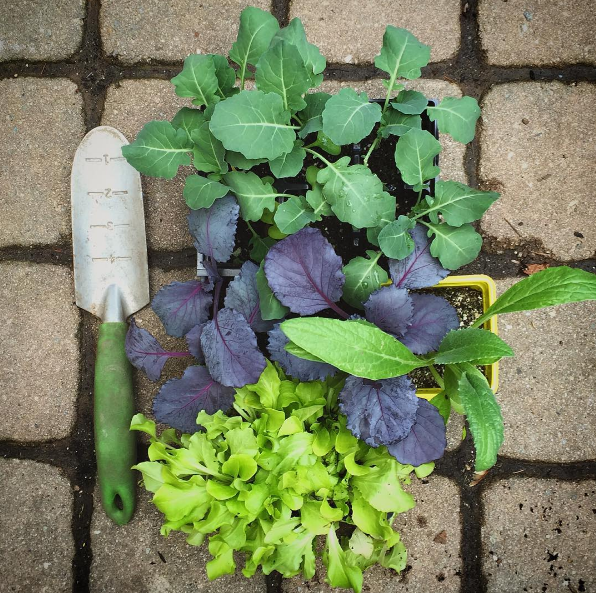
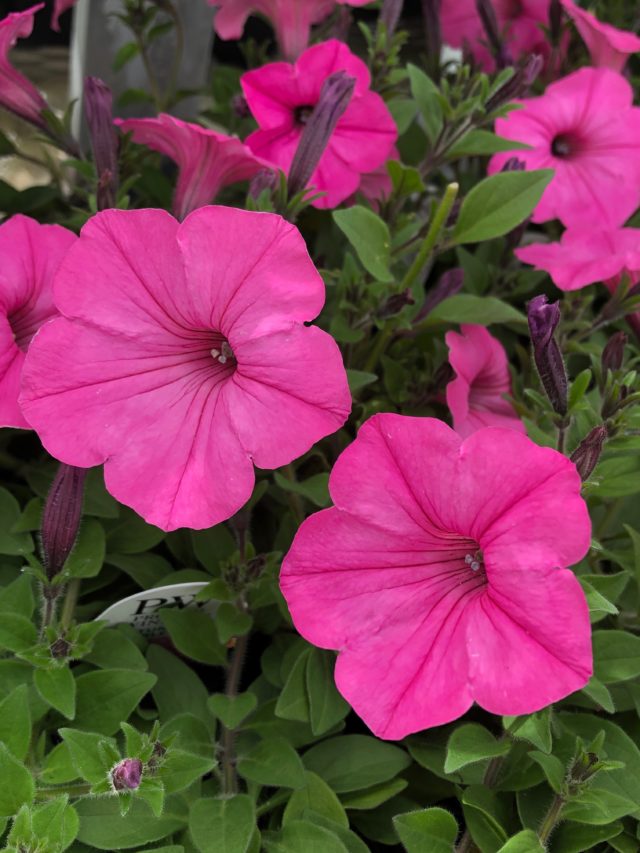
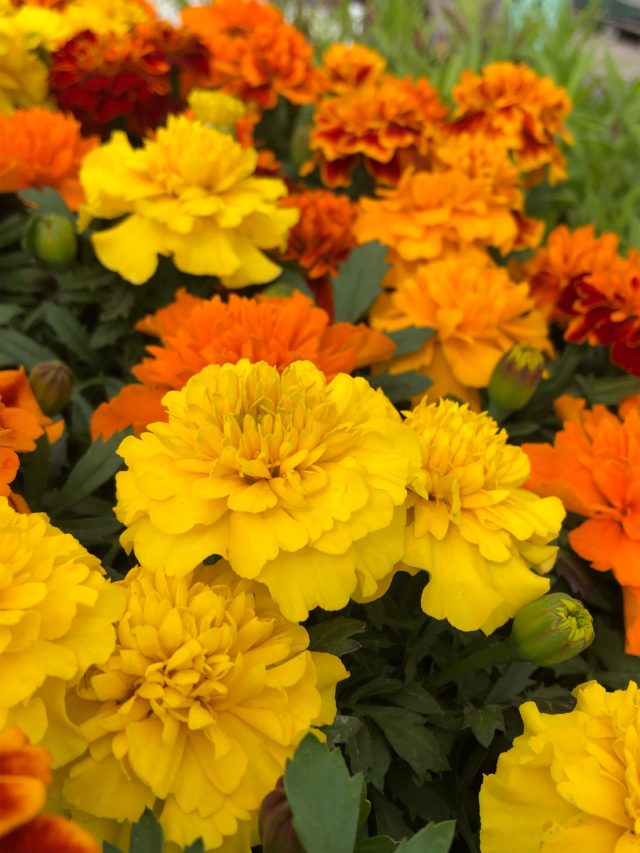
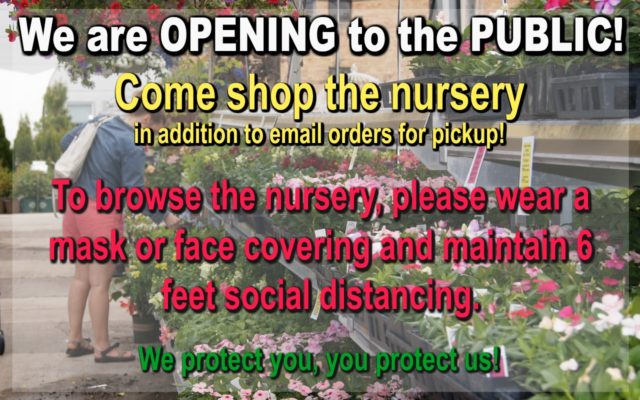
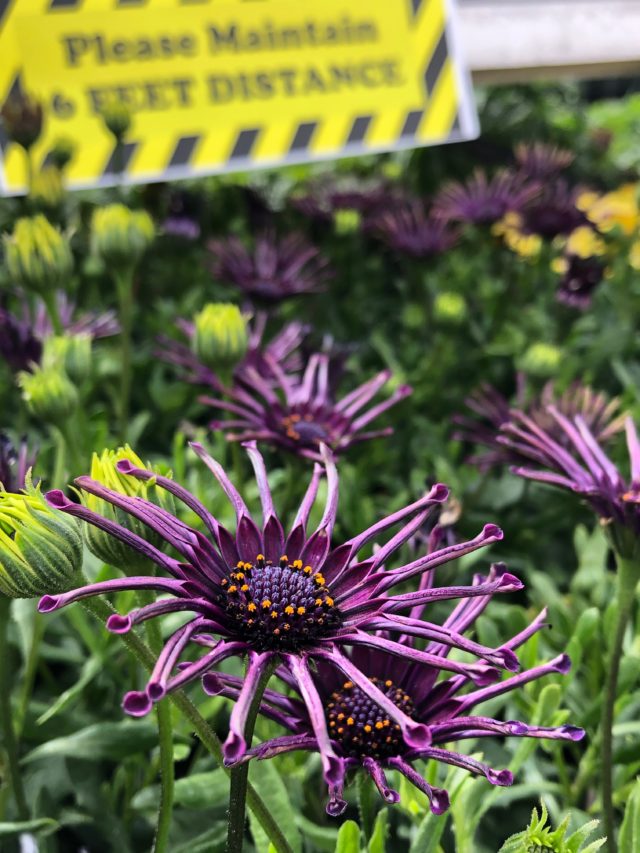
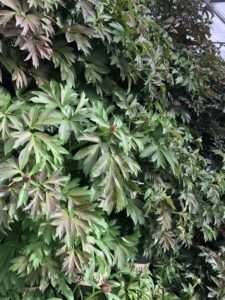
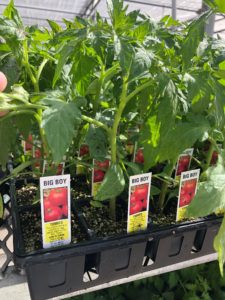
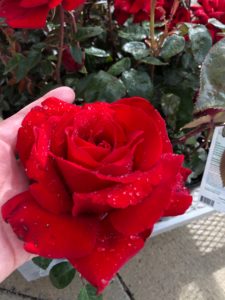
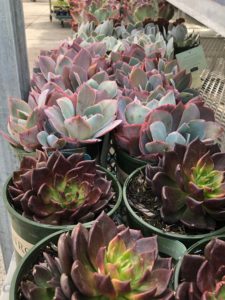
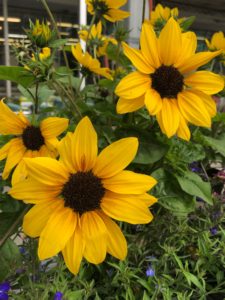
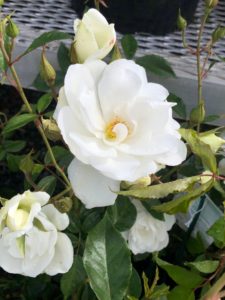
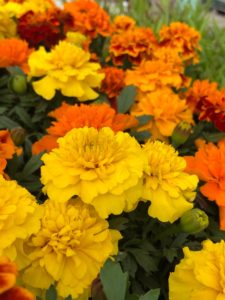
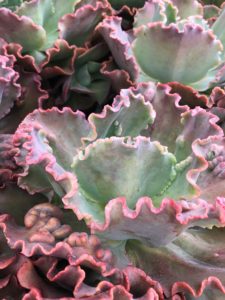
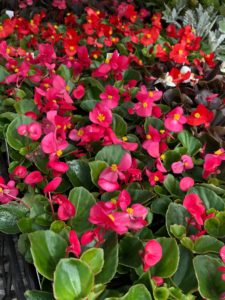
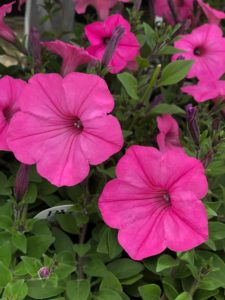
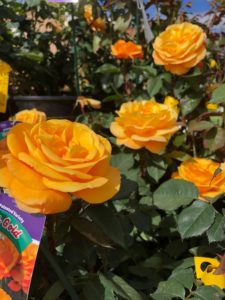
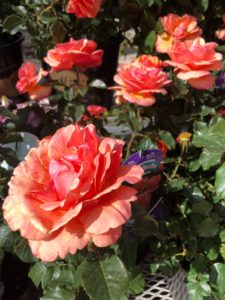
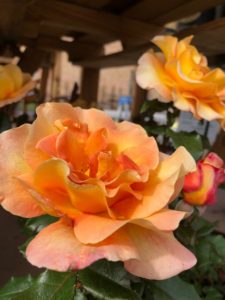
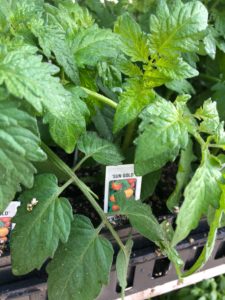
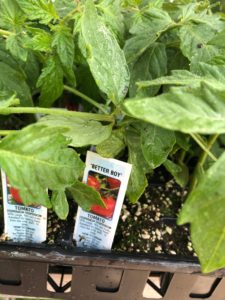
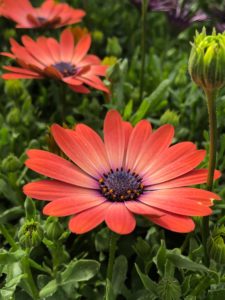
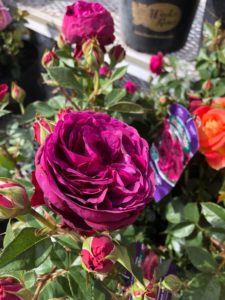
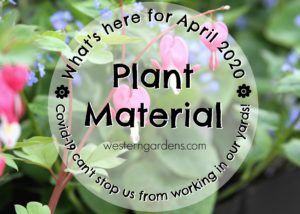 With the current pandemic situation, we now only do phone and email orders for pick up. On this page, please find some videos and photos showing the excellent prime material we’ve had delivered to our door. We will do our best to choose the best selection for your yard or needs. Just let us know what you want, and we will get it. You’ve trusted us for years, you can trust us now!
With the current pandemic situation, we now only do phone and email orders for pick up. On this page, please find some videos and photos showing the excellent prime material we’ve had delivered to our door. We will do our best to choose the best selection for your yard or needs. Just let us know what you want, and we will get it. You’ve trusted us for years, you can trust us now!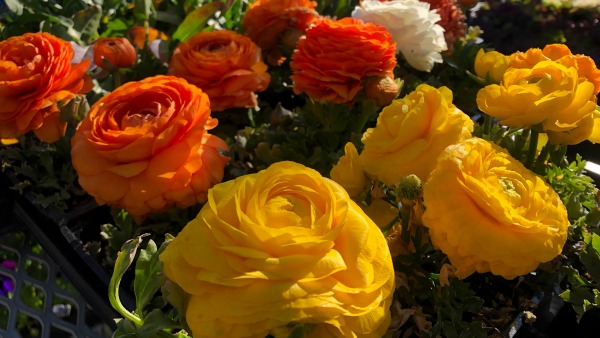
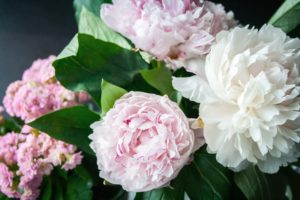
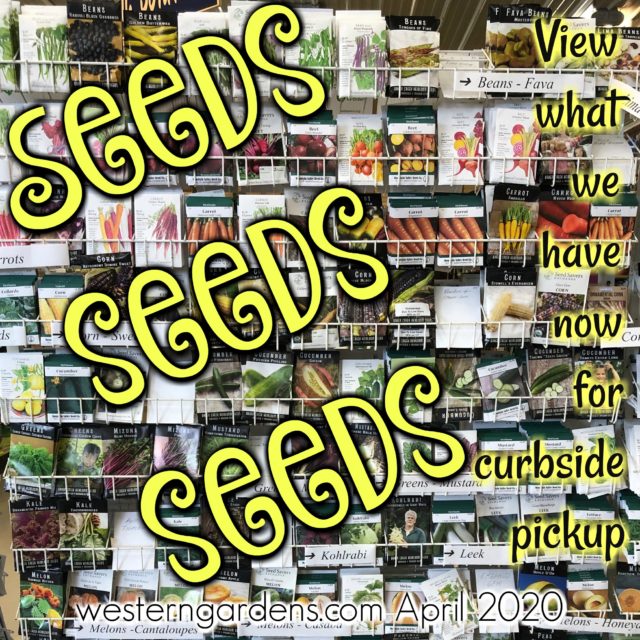
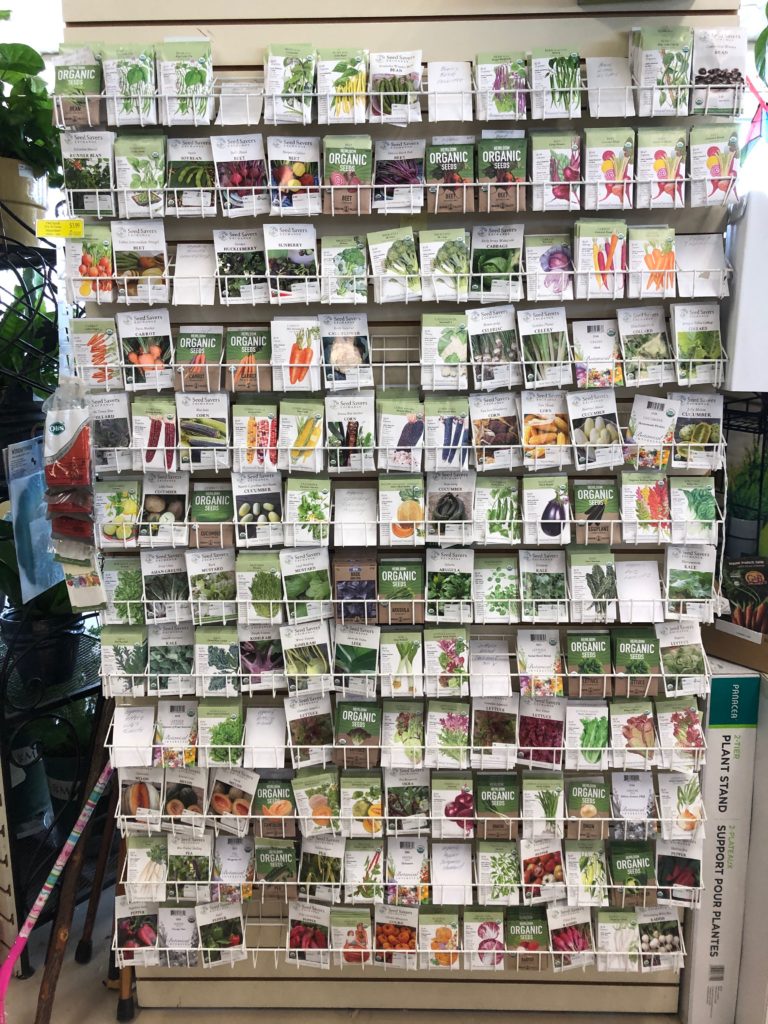
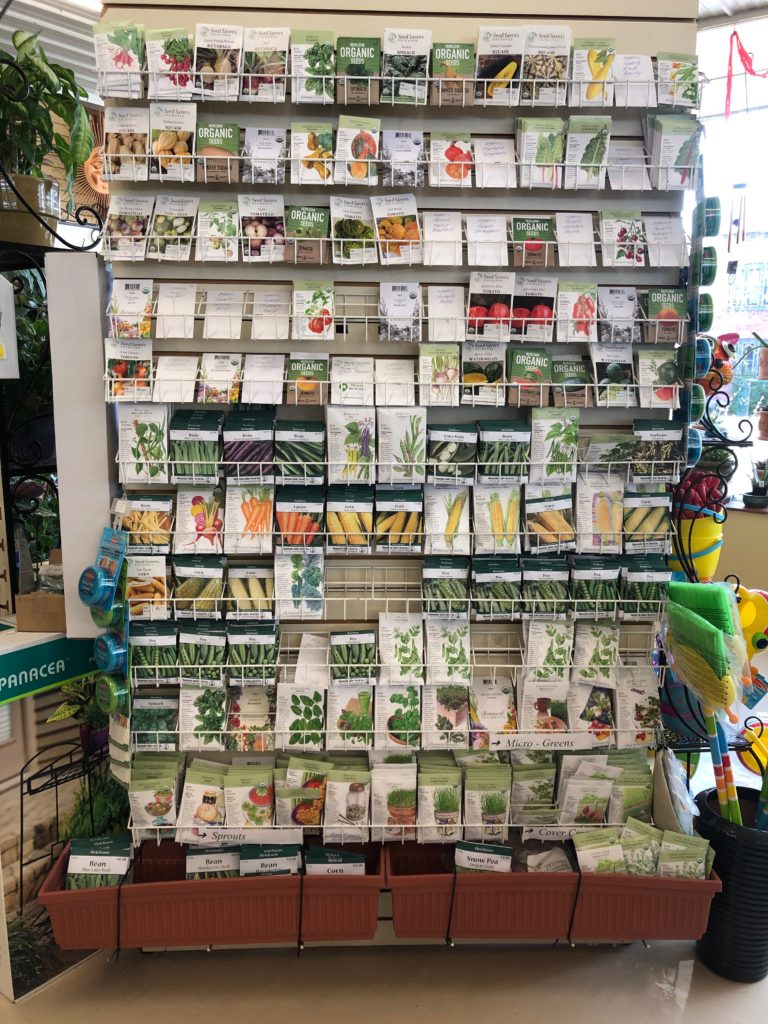
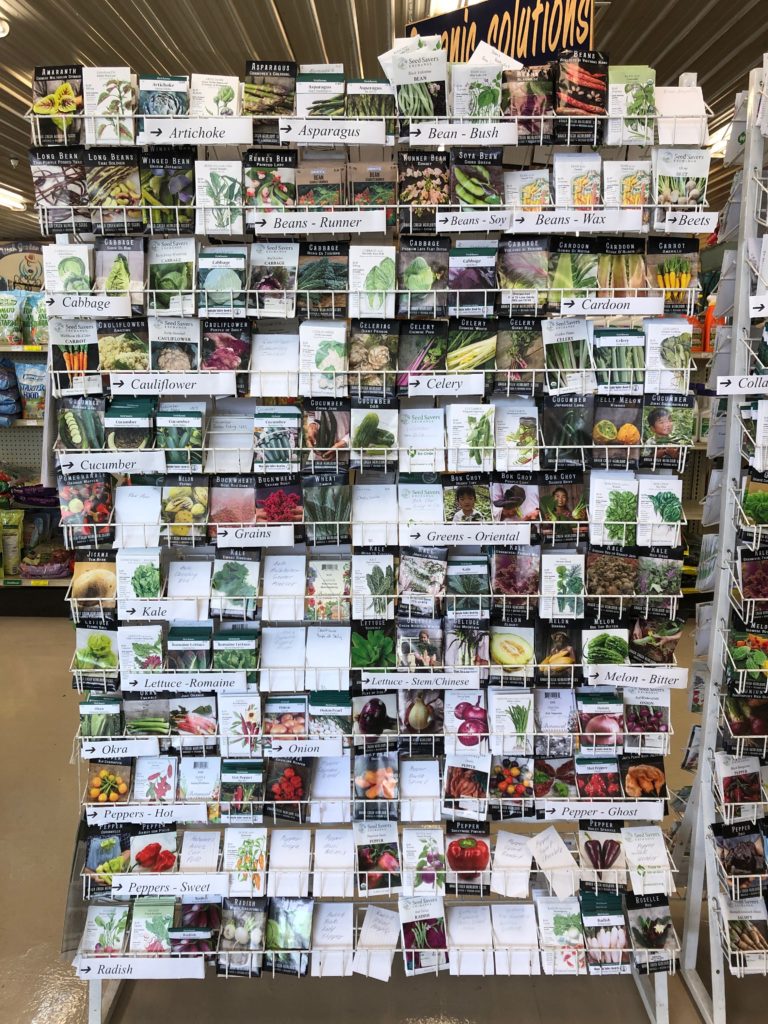
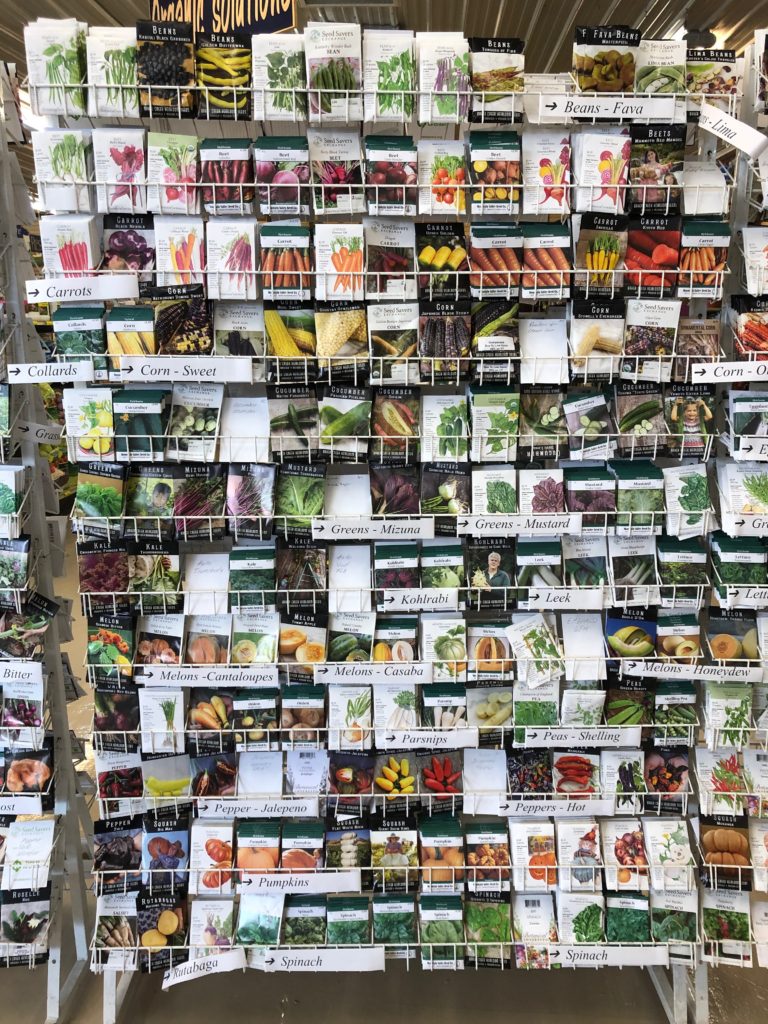
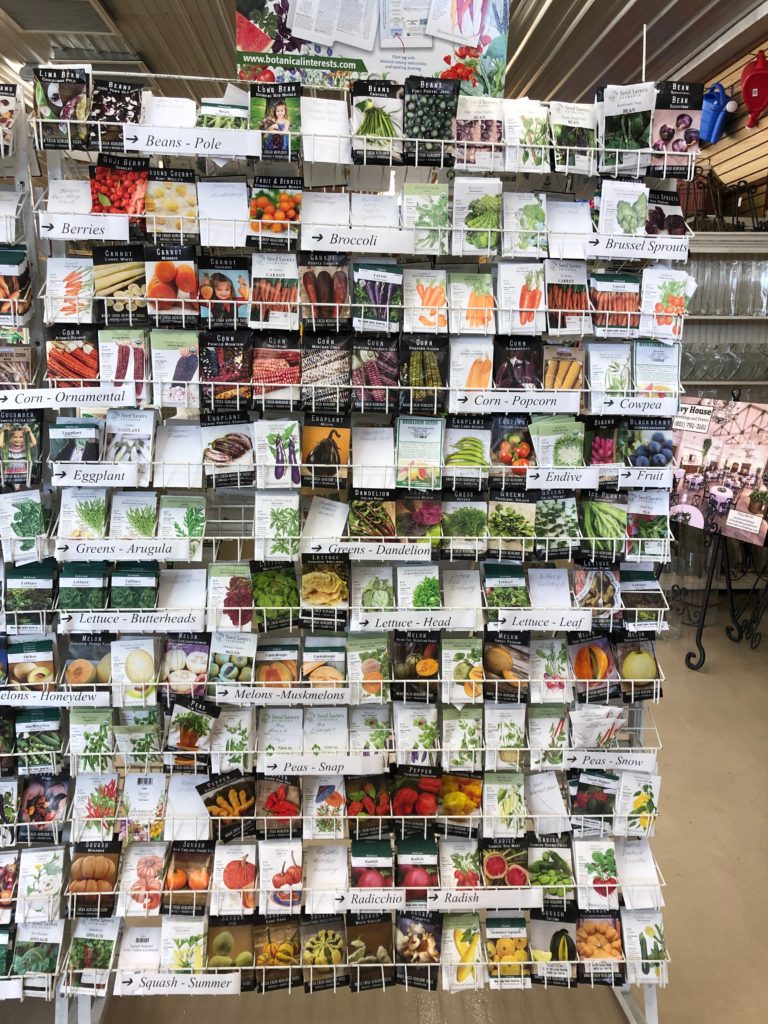
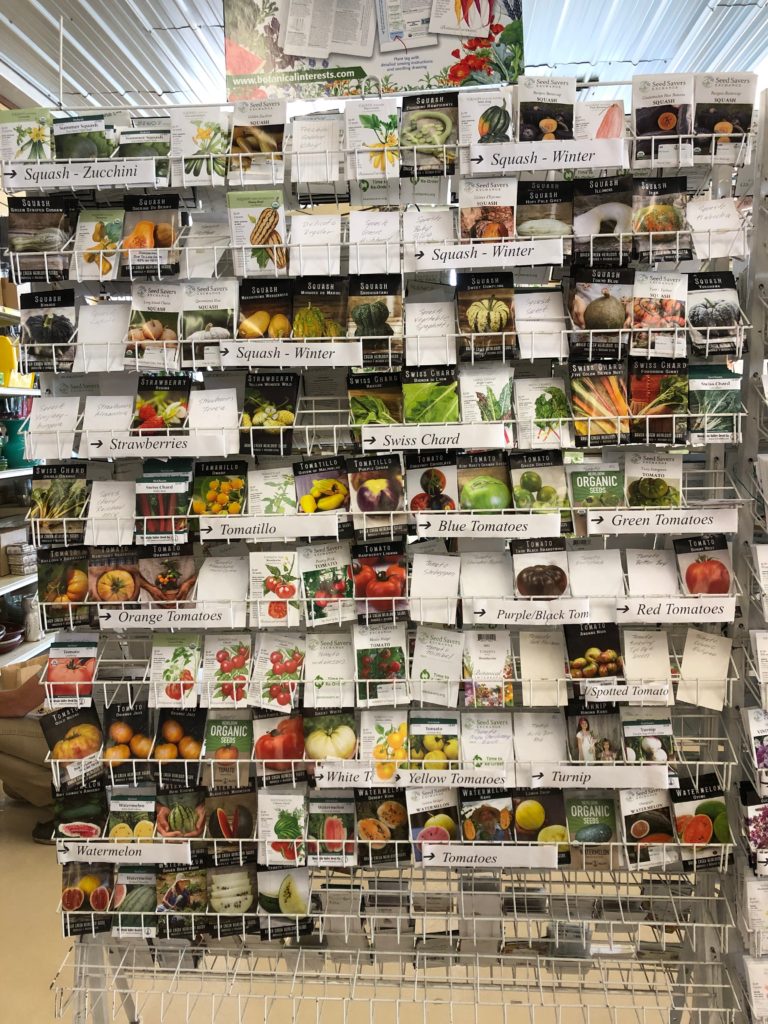
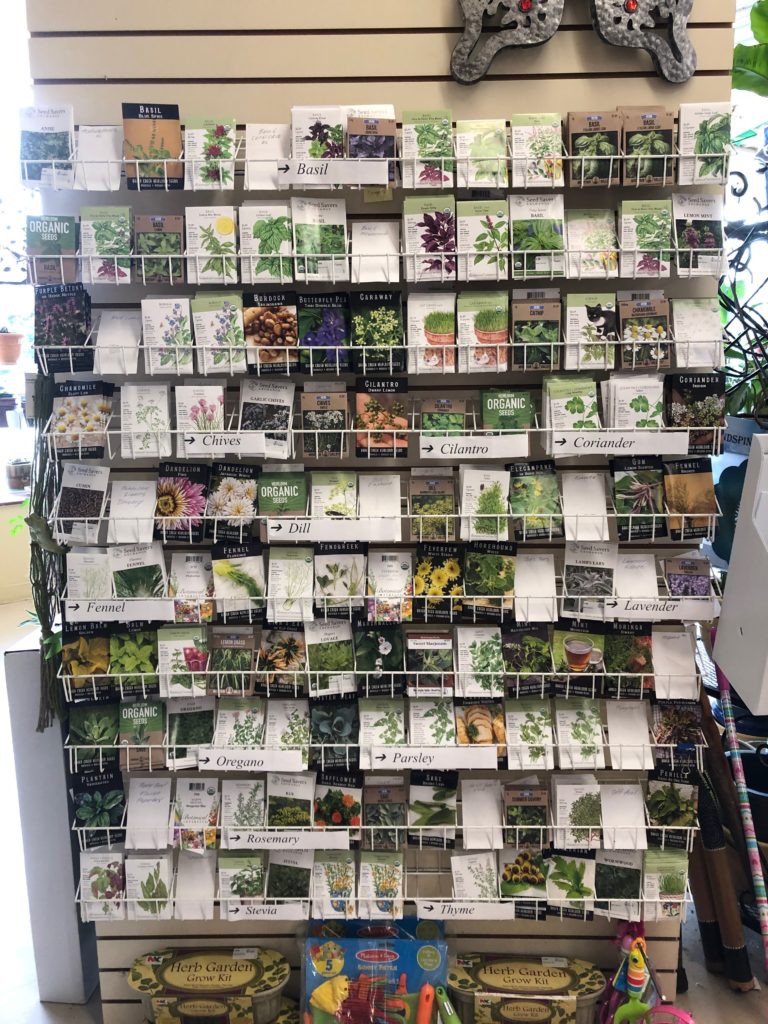
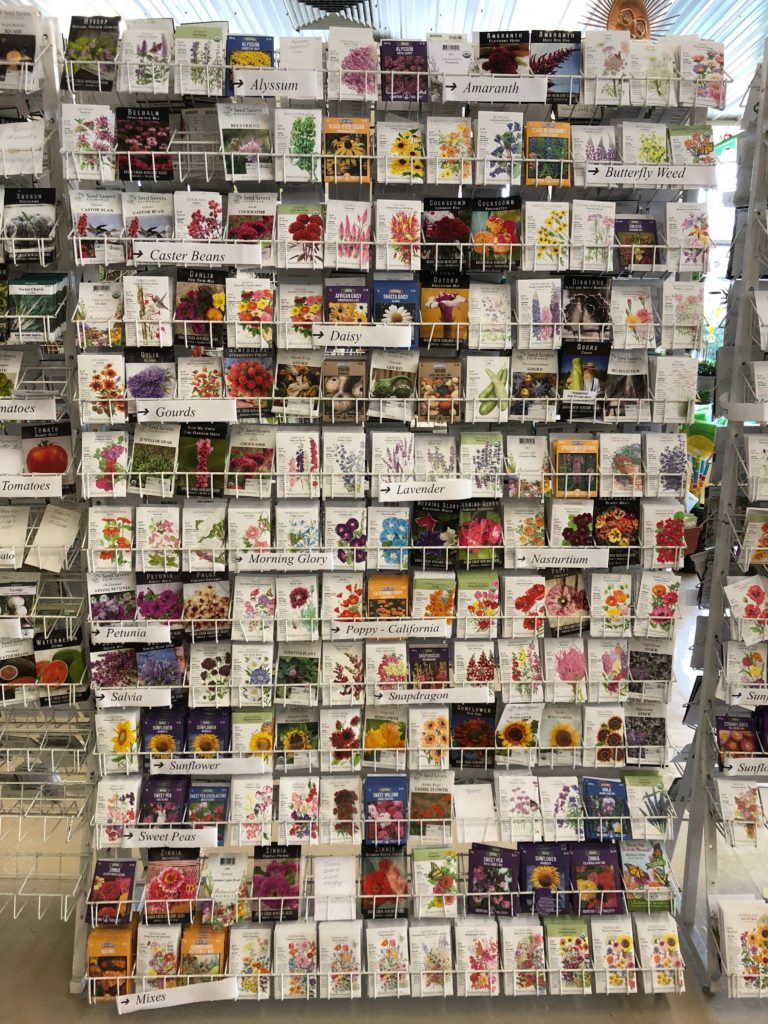
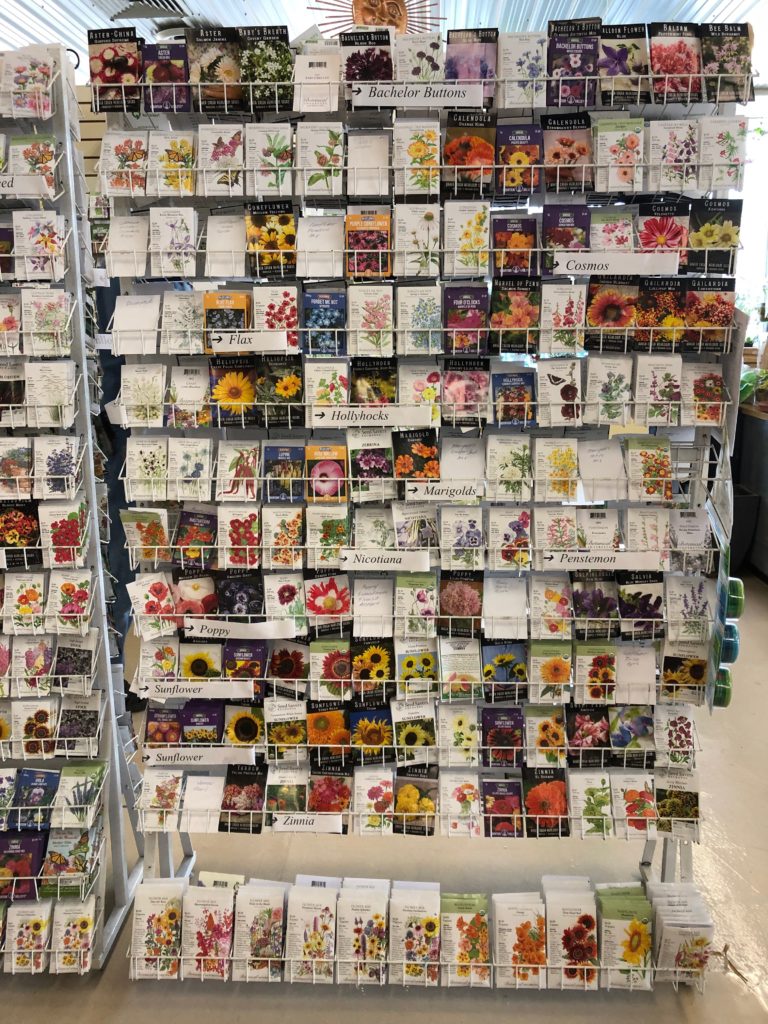
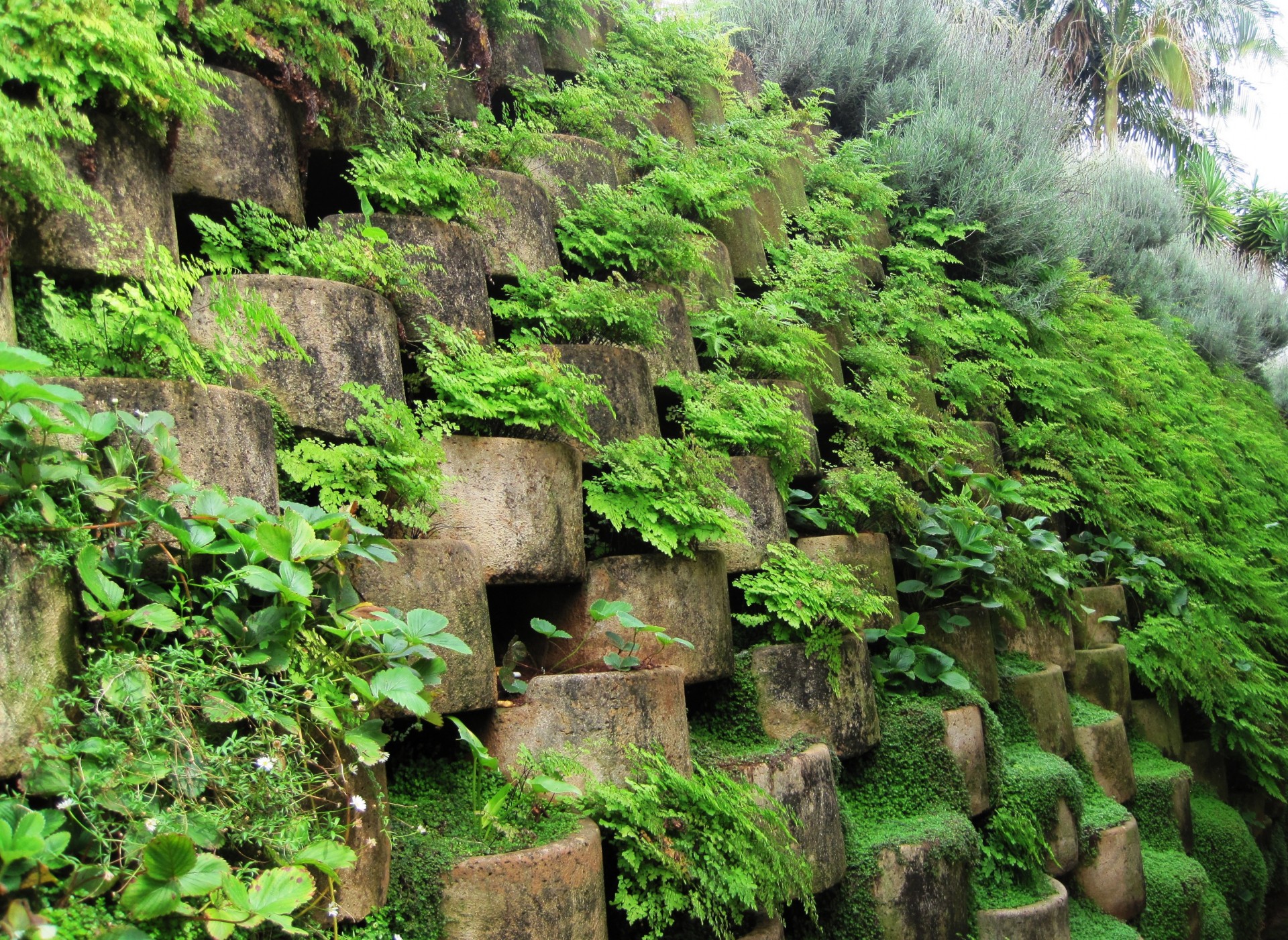
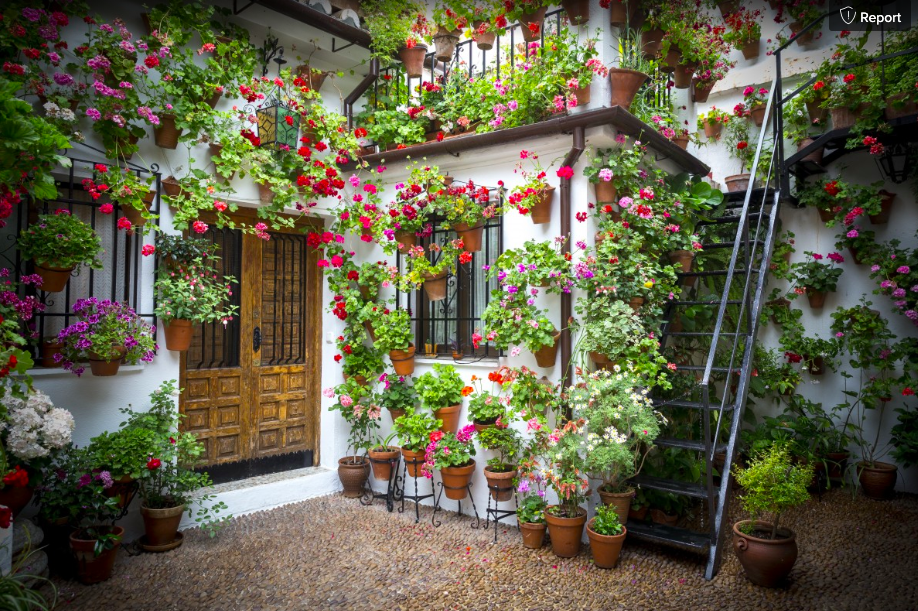
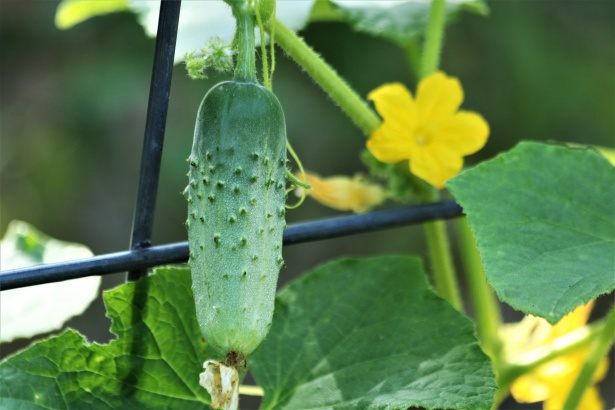
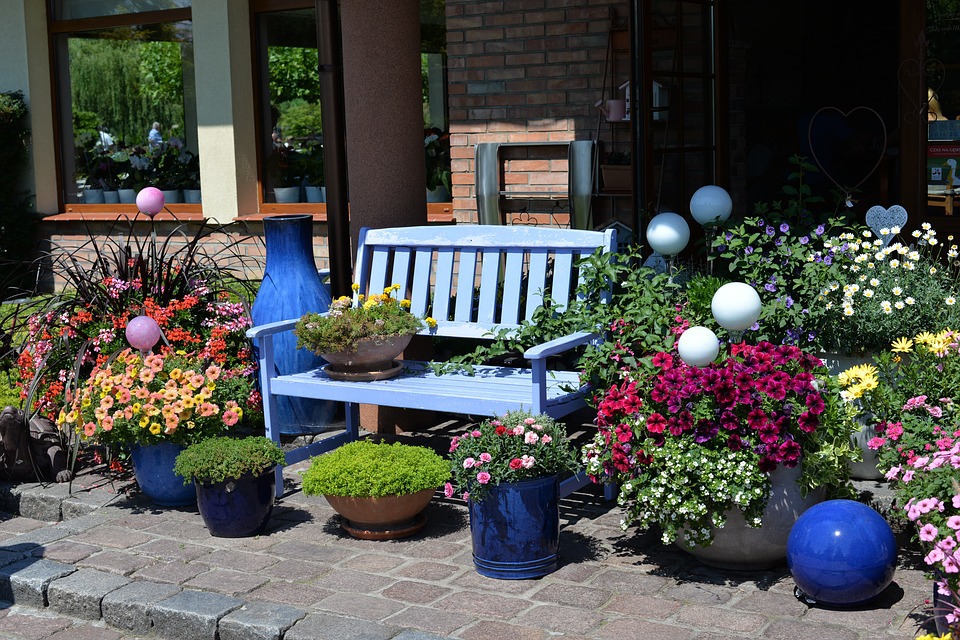
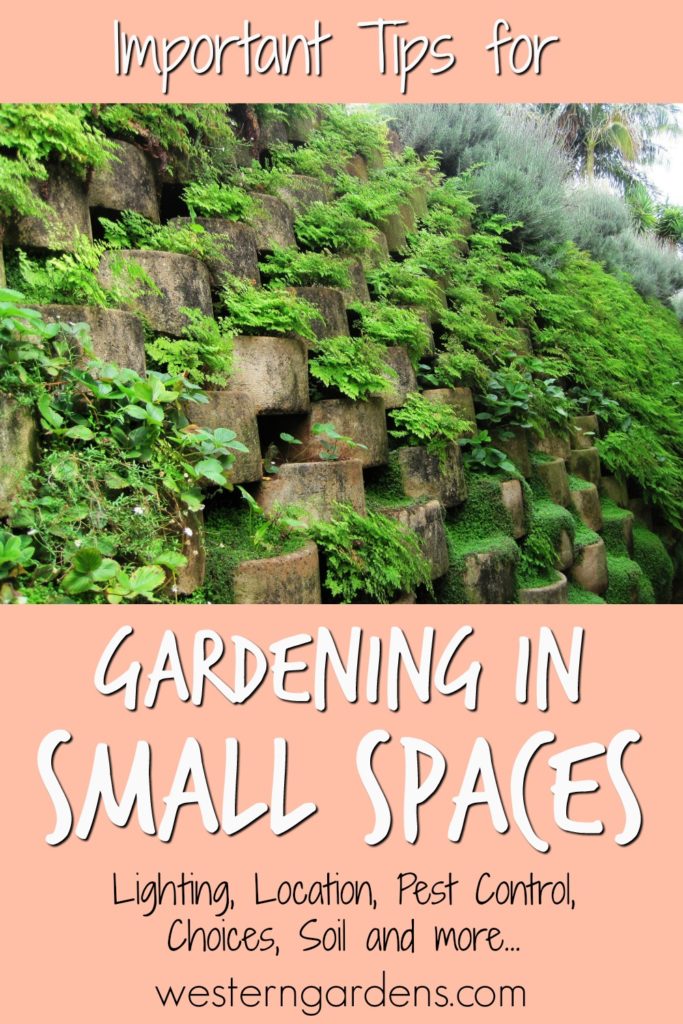
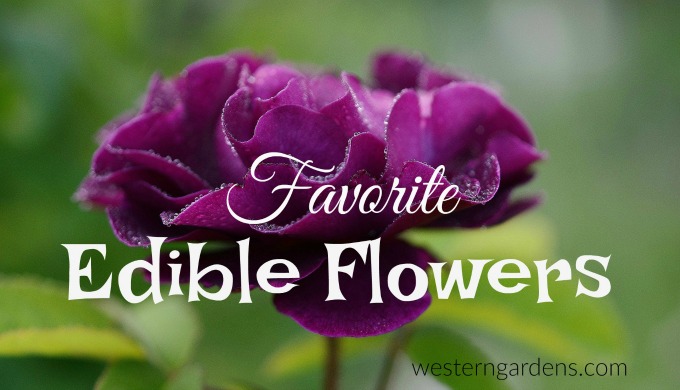
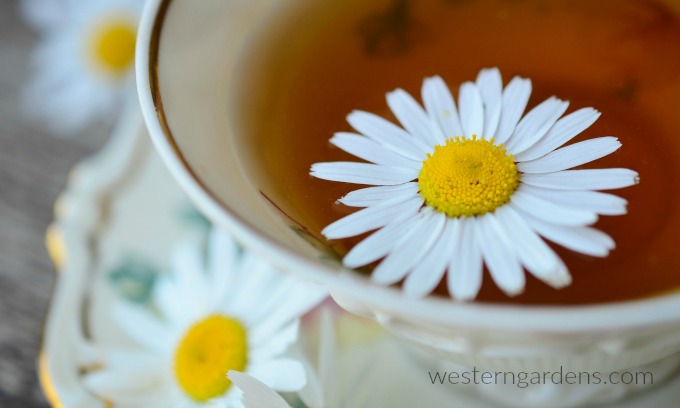
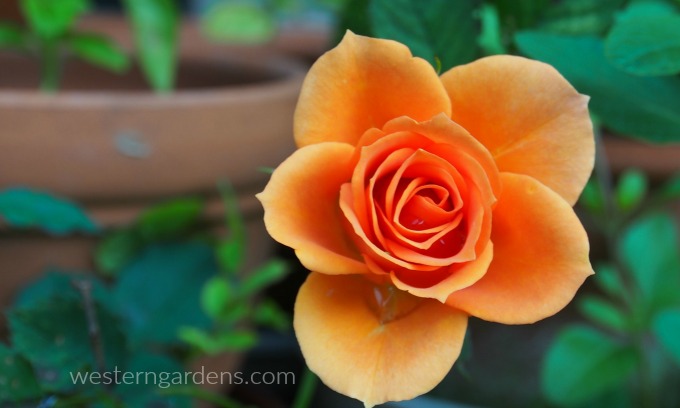
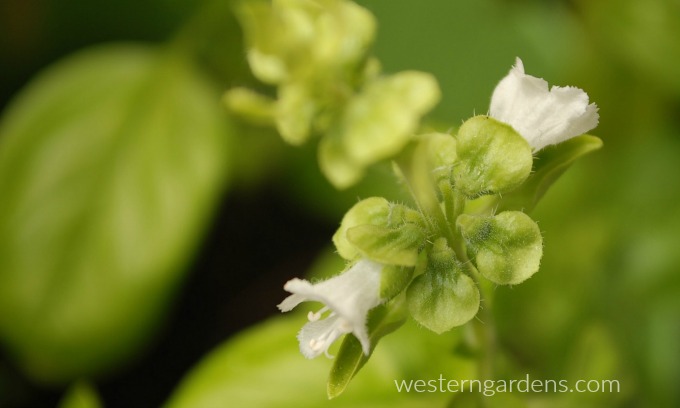
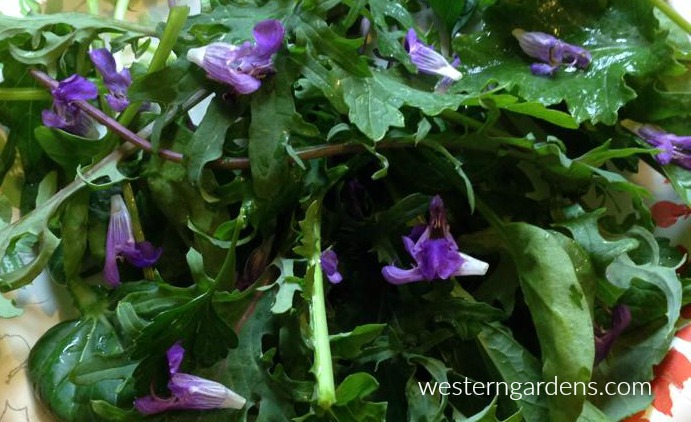
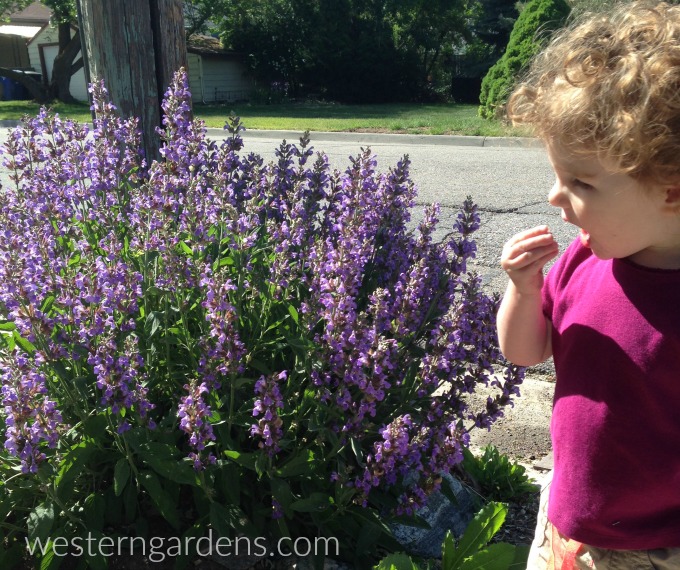
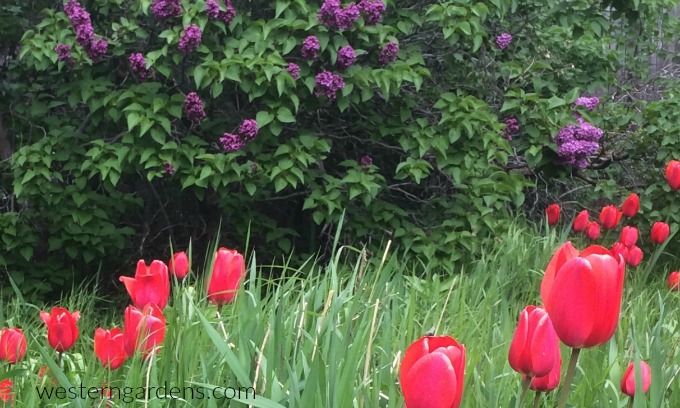
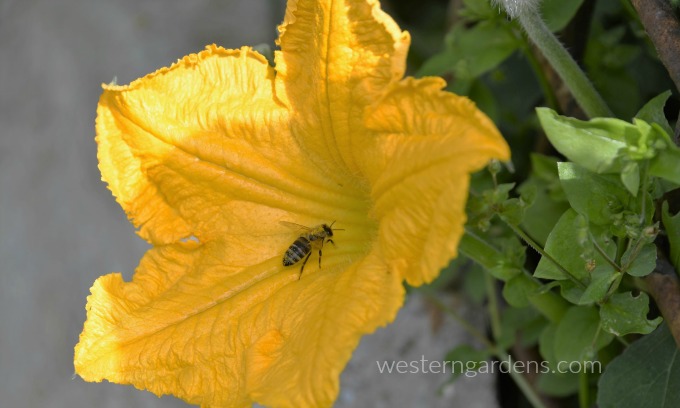
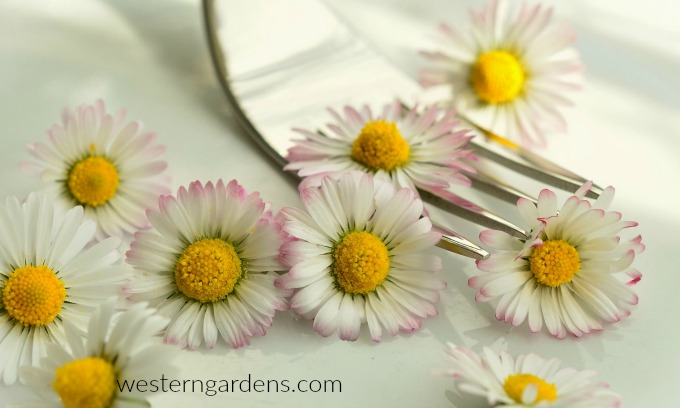
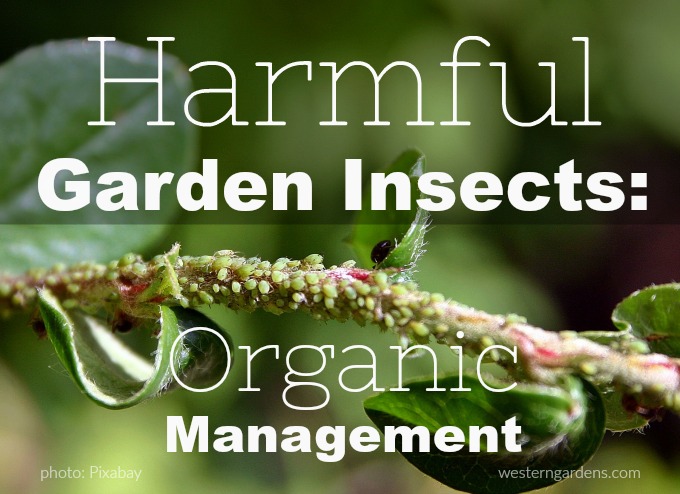
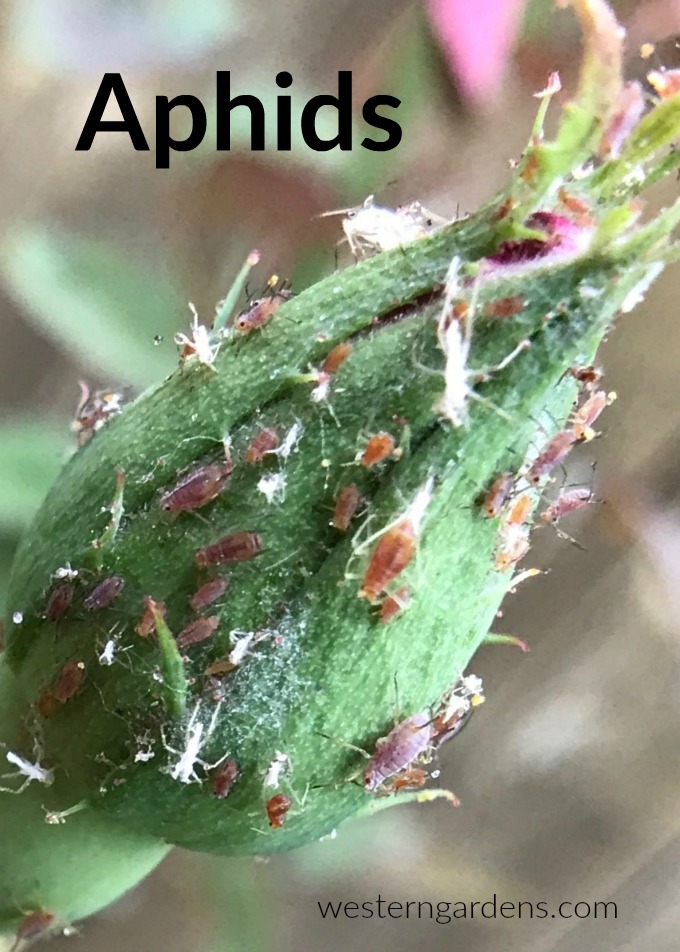
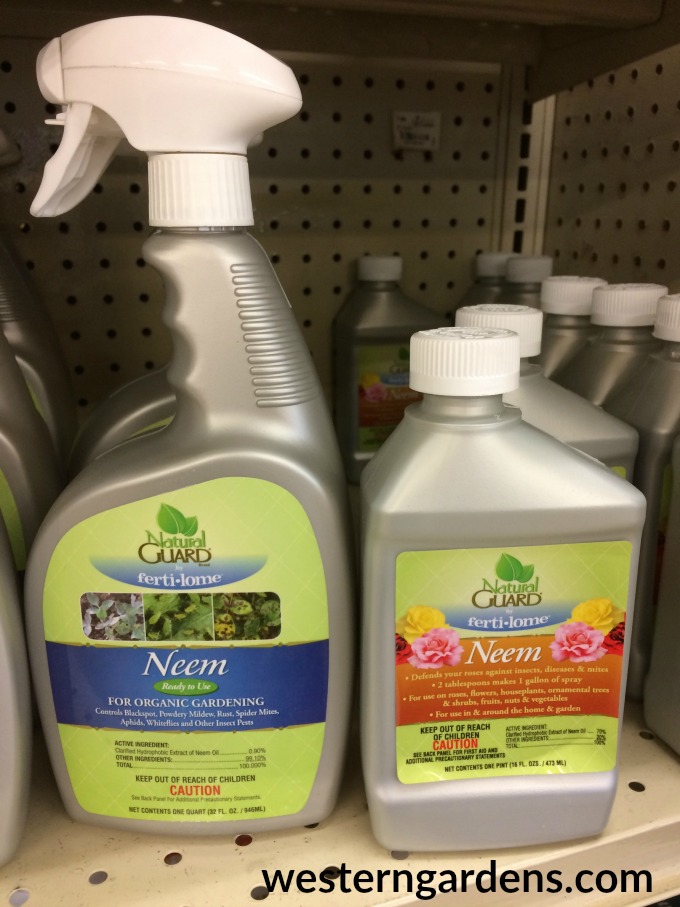
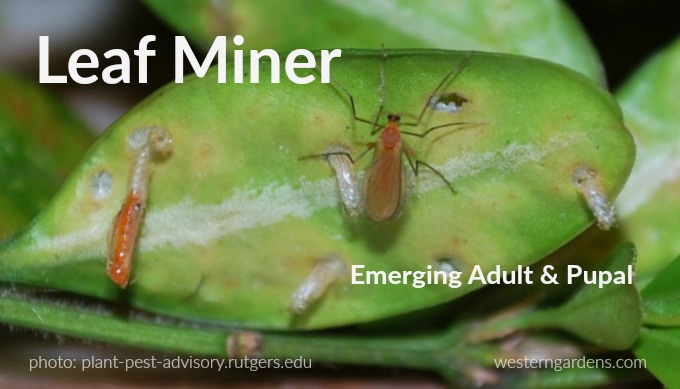
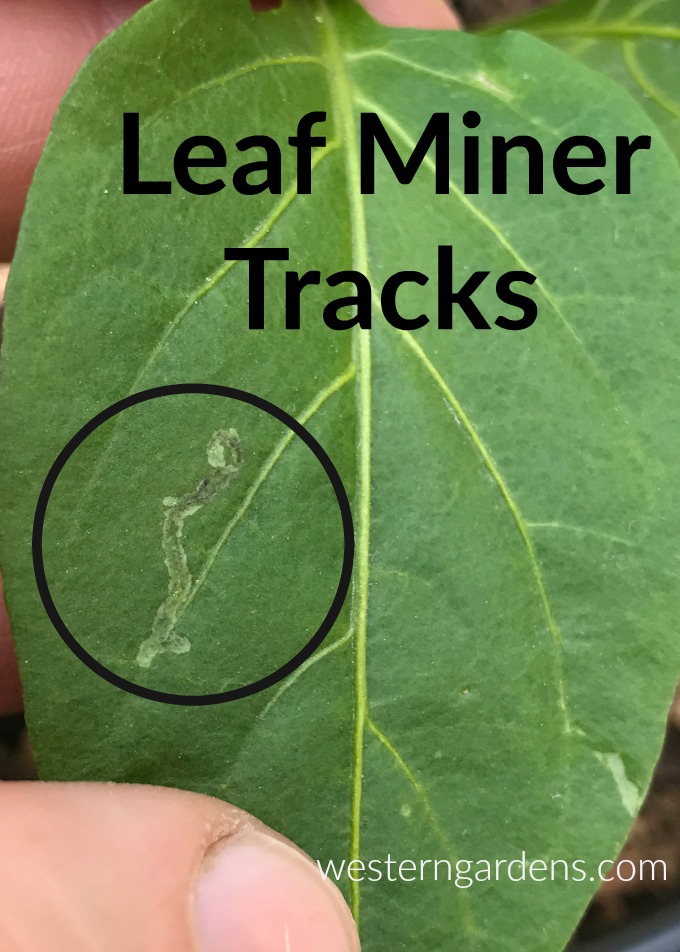
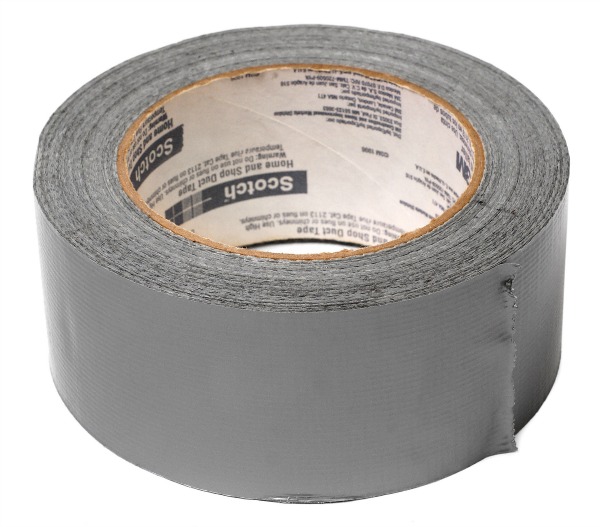
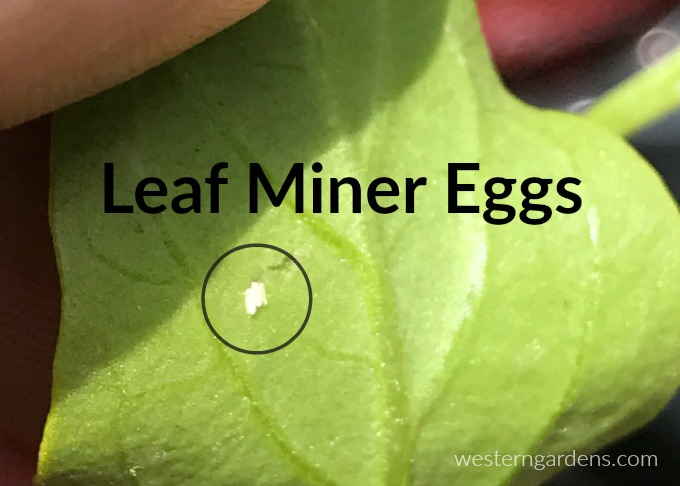
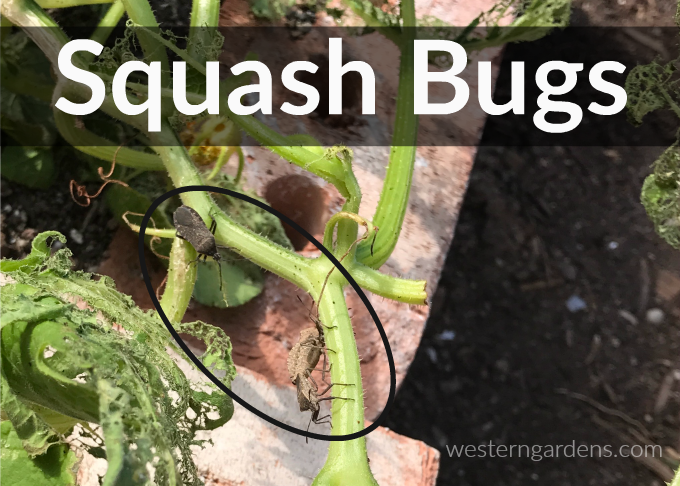
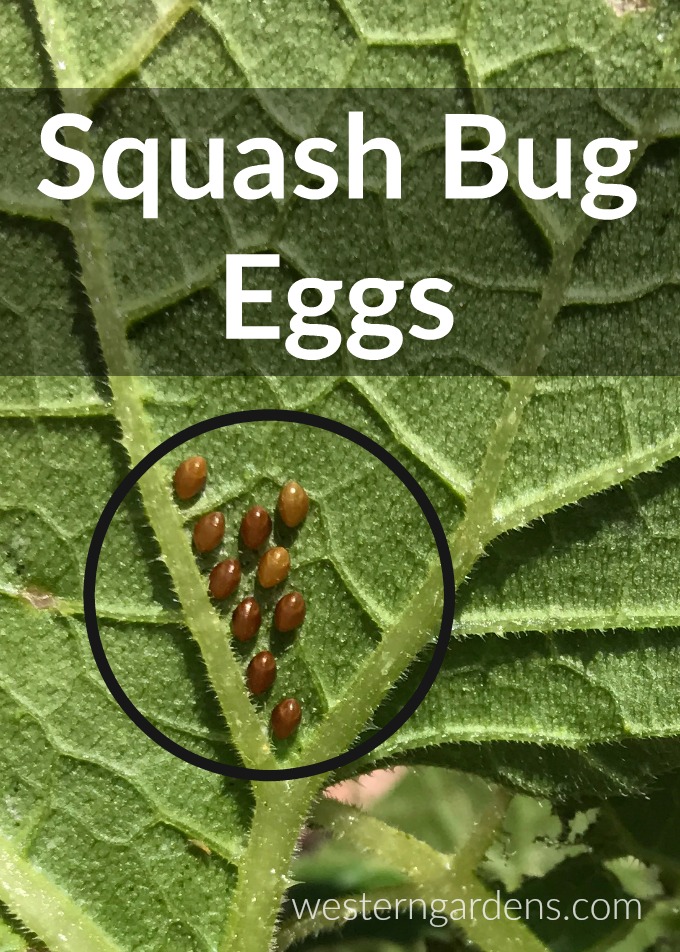
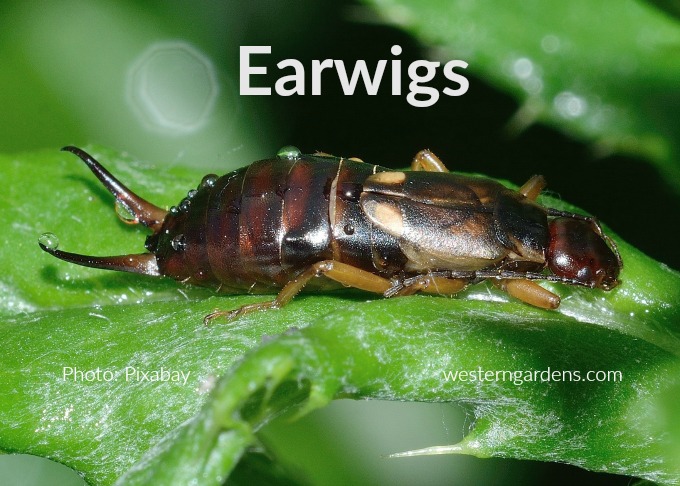
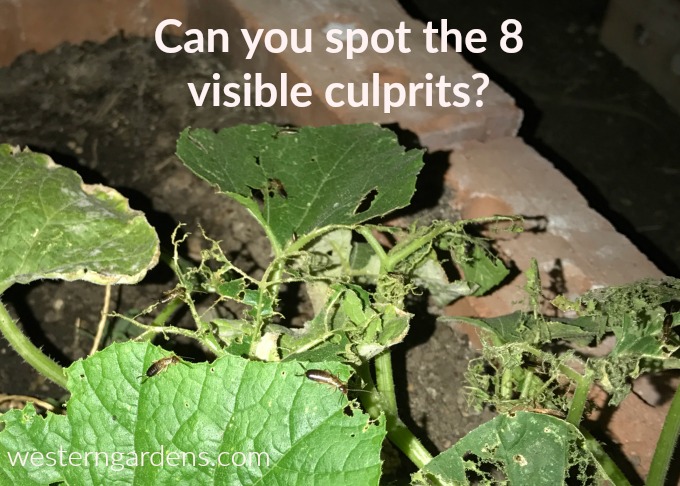
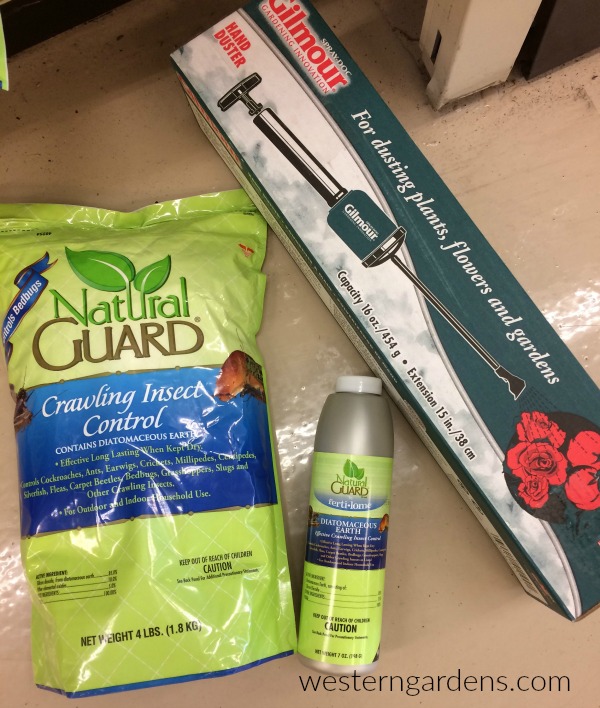
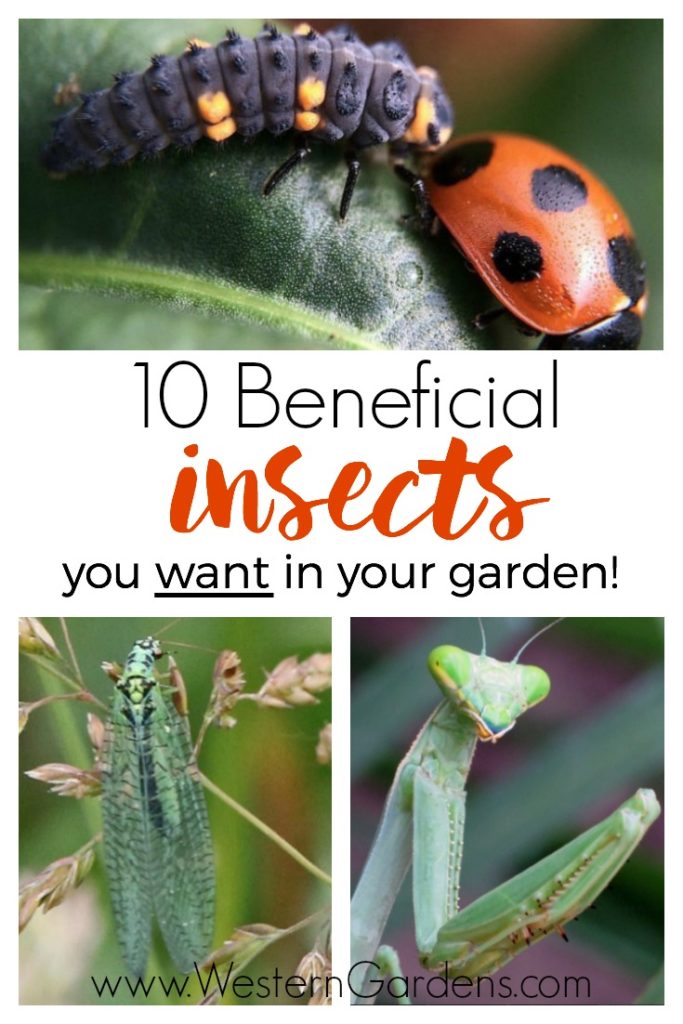
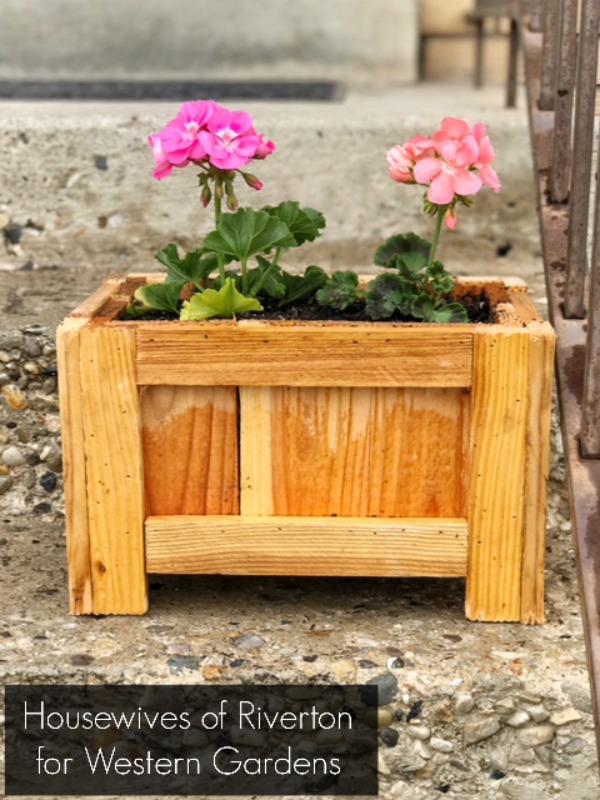 I’m pretty sure it’s a proven fact that anything is automatically cuter when it’s small. That fact holds true with this Mother’s Day Porch Planter Box. I am completely smitten with how cute it looks sitting on my steps and can’t wait to make it a couple of sisters. You’re going to love me when I tell you how easy this was to make too.
I’m pretty sure it’s a proven fact that anything is automatically cuter when it’s small. That fact holds true with this Mother’s Day Porch Planter Box. I am completely smitten with how cute it looks sitting on my steps and can’t wait to make it a couple of sisters. You’re going to love me when I tell you how easy this was to make too.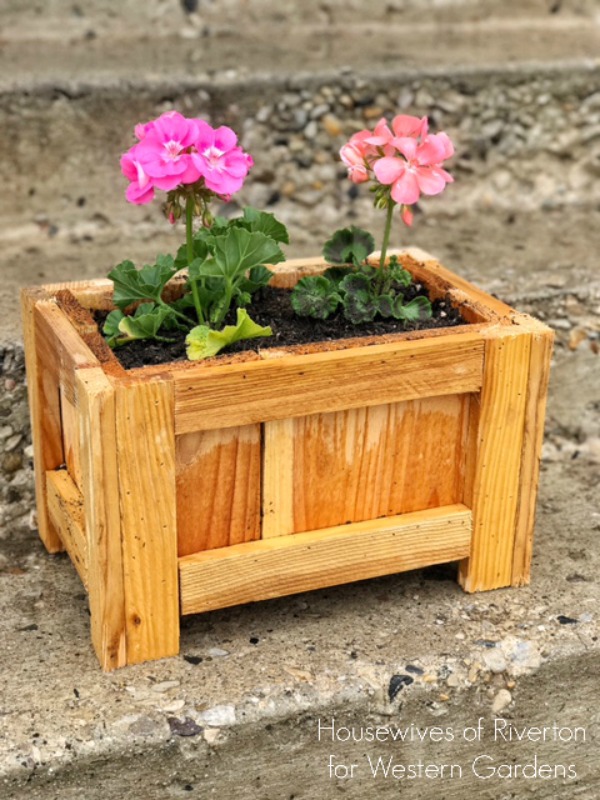 Here is a good photo of the box assembly. The fencing is less than $2 a board and the stakes we had on hand but I’m pretty sure were around a dollar each. I used just over 1 fencing board and 2 stakes for one box. I think with 4 boards and 7 stakes you could make 3 planter boxes, including nails I think you’re looking at 3 planter boxes for under $20, pretty awesome if you ask me!
Here is a good photo of the box assembly. The fencing is less than $2 a board and the stakes we had on hand but I’m pretty sure were around a dollar each. I used just over 1 fencing board and 2 stakes for one box. I think with 4 boards and 7 stakes you could make 3 planter boxes, including nails I think you’re looking at 3 planter boxes for under $20, pretty awesome if you ask me!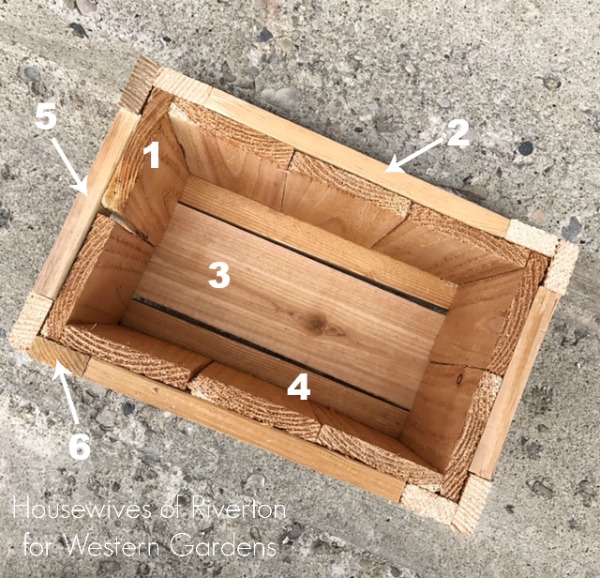 I used our miter saw to cut my pieces, if you don’t have a saw at home here is your cut list and the people at the home improvement store can cut them for you.
I used our miter saw to cut my pieces, if you don’t have a saw at home here is your cut list and the people at the home improvement store can cut them for you.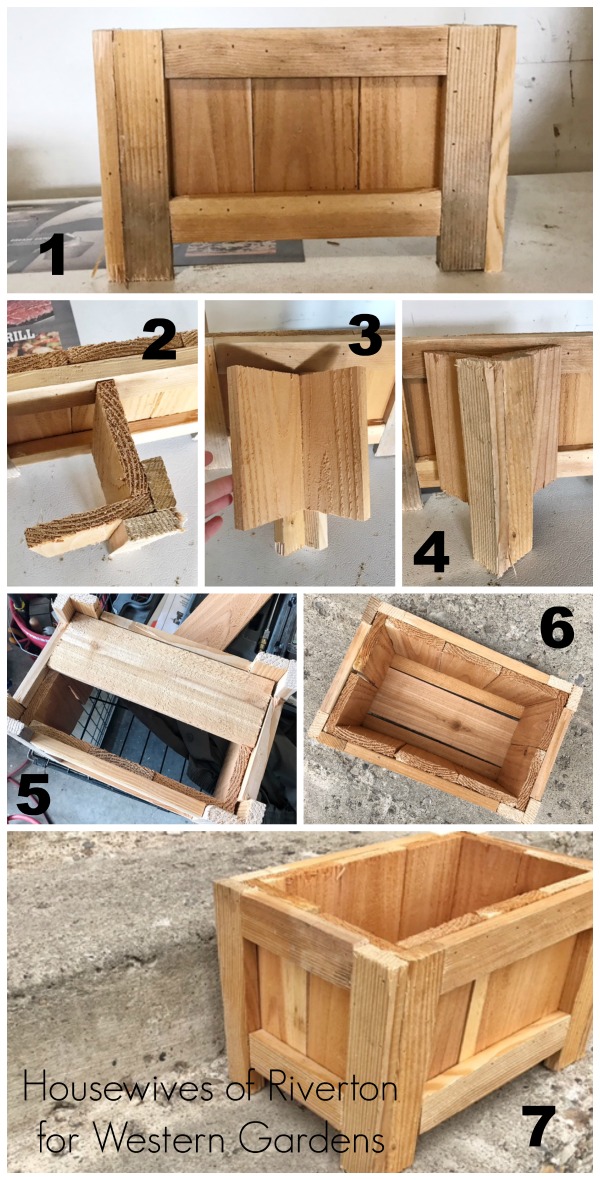
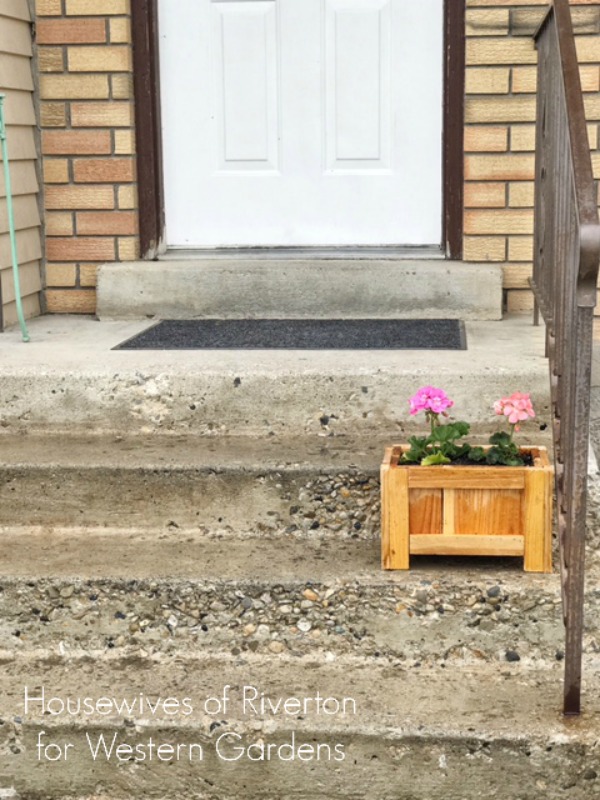 Can’t you just picture a few more of these darling little planter boxes leading all the way up the stairs. I can’t wait to get them all finished and filled with beautiful flowers from my
Can’t you just picture a few more of these darling little planter boxes leading all the way up the stairs. I can’t wait to get them all finished and filled with beautiful flowers from my 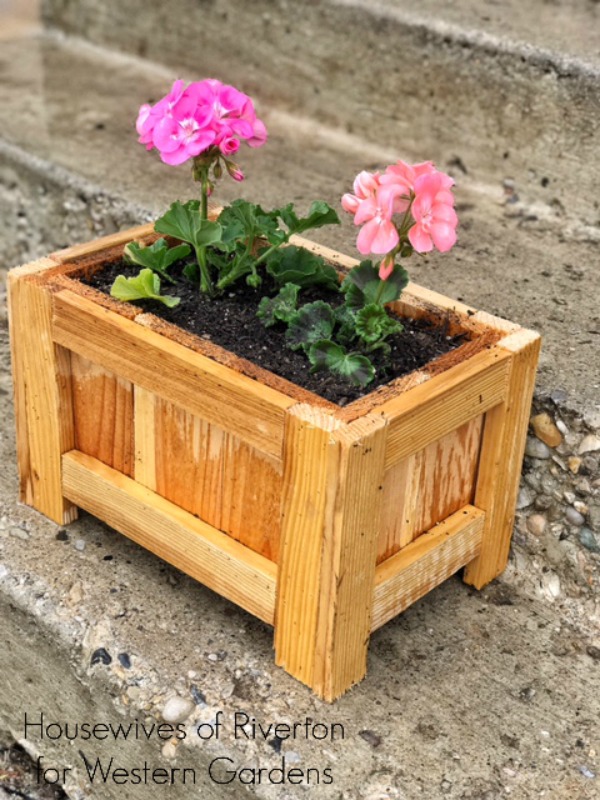
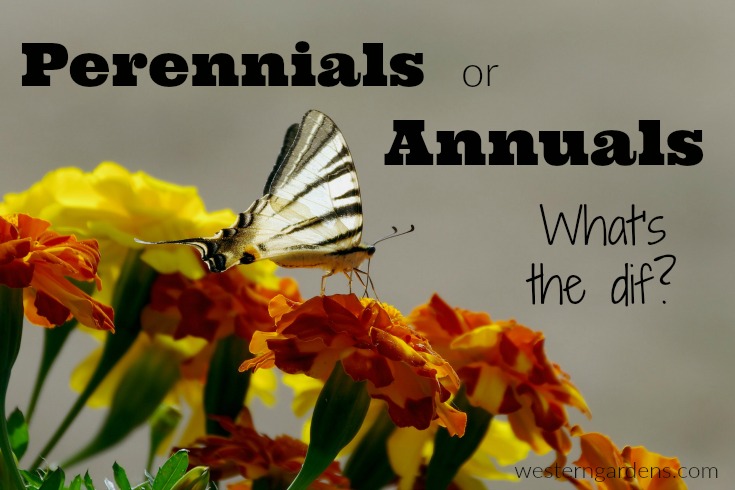
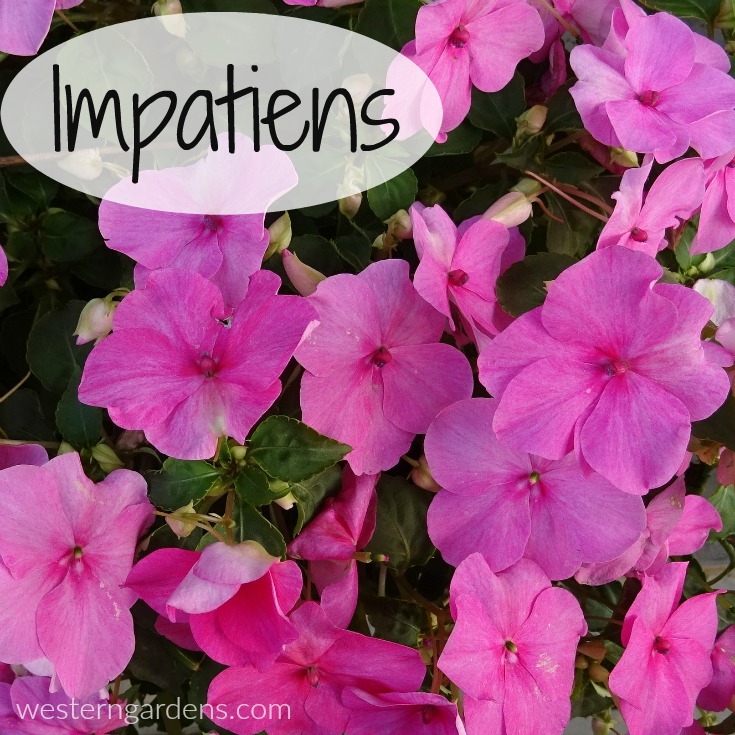
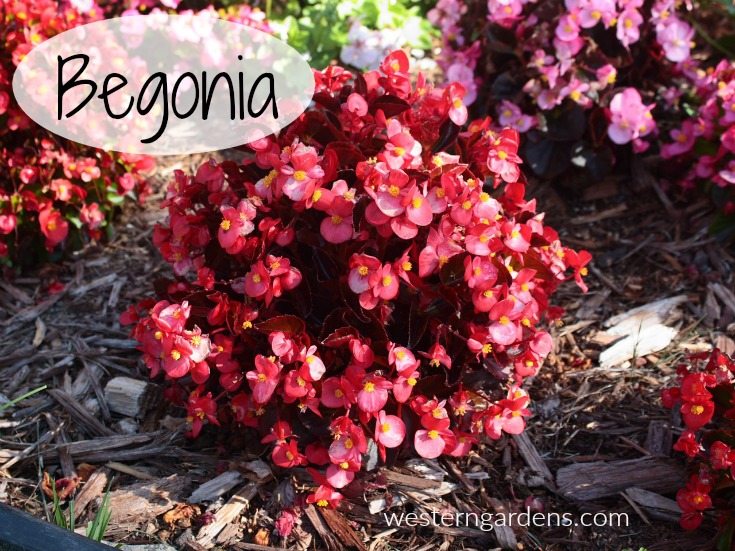
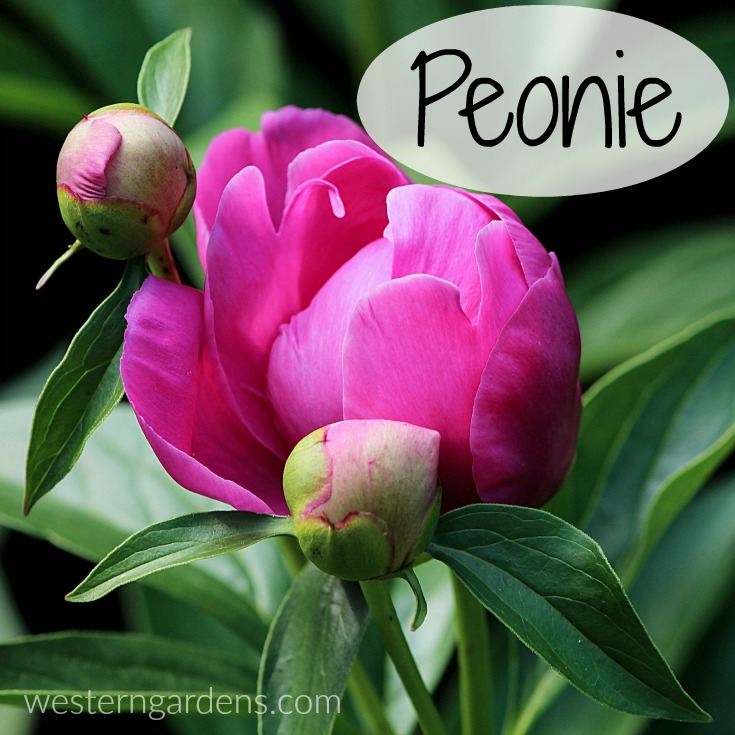
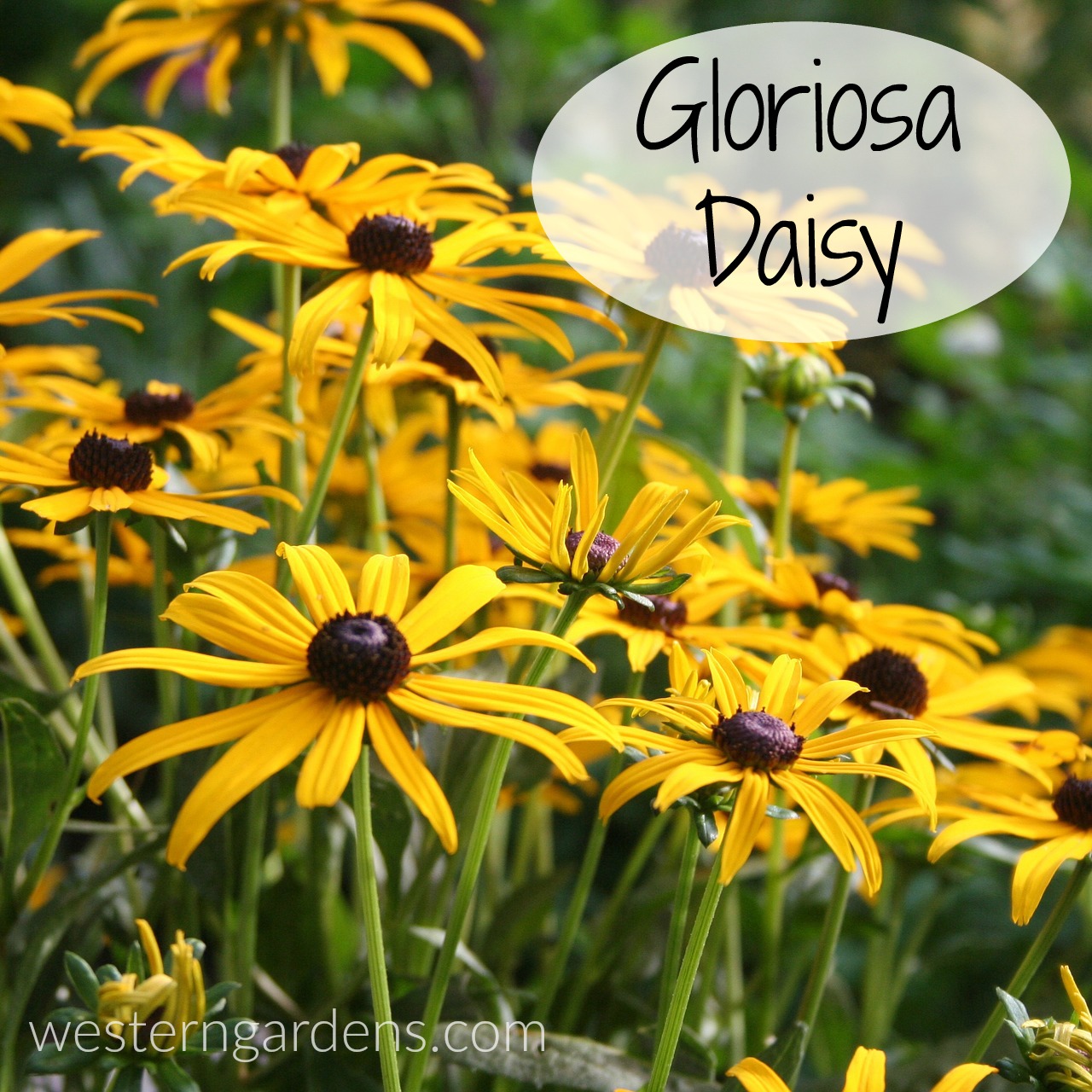
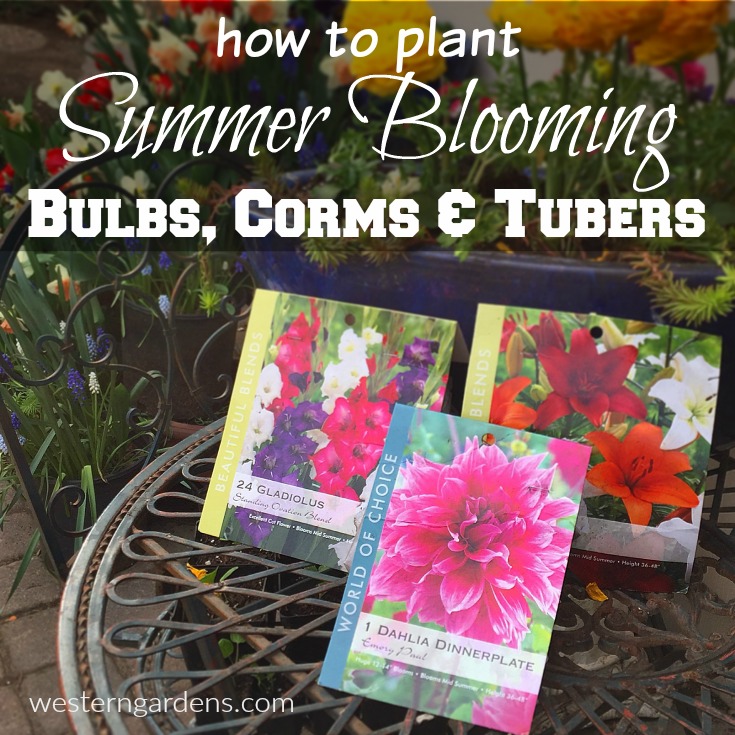
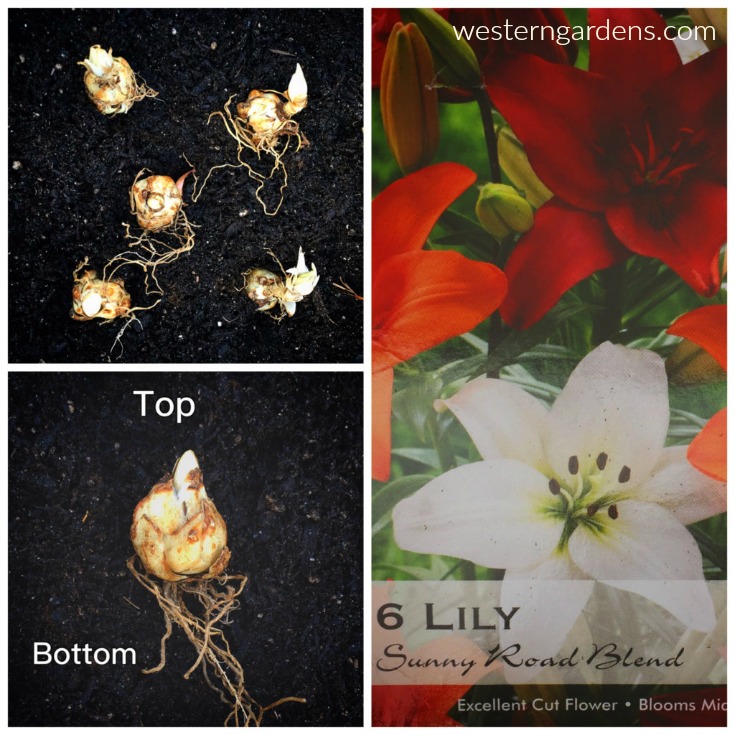 Asiatic and Oriental lilies are
Asiatic and Oriental lilies are 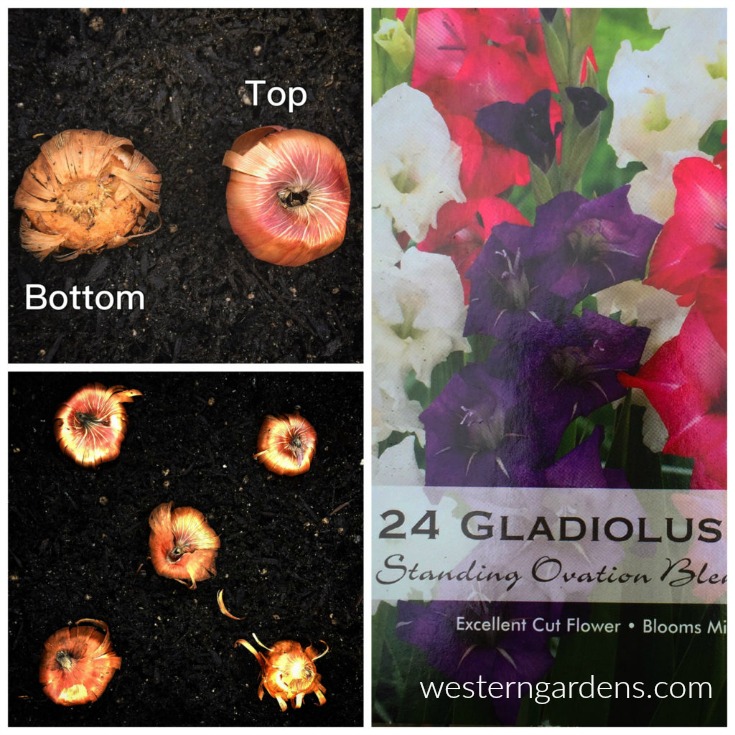 I suggest to plant summer blooming gladiolas each weekend for three consecutive weeks so blooms will last throughout the summer. Gladiolas should be planted after the danger of frost has passed. They need a sunny location. Unlike lilies, they don’t have a problem sharing space with neighboring plants. I will plant them 3-4 inches deep and about 6 inches apart. For a greater impact, I plant them in groups of three or more. Gladiolas are
I suggest to plant summer blooming gladiolas each weekend for three consecutive weeks so blooms will last throughout the summer. Gladiolas should be planted after the danger of frost has passed. They need a sunny location. Unlike lilies, they don’t have a problem sharing space with neighboring plants. I will plant them 3-4 inches deep and about 6 inches apart. For a greater impact, I plant them in groups of three or more. Gladiolas are 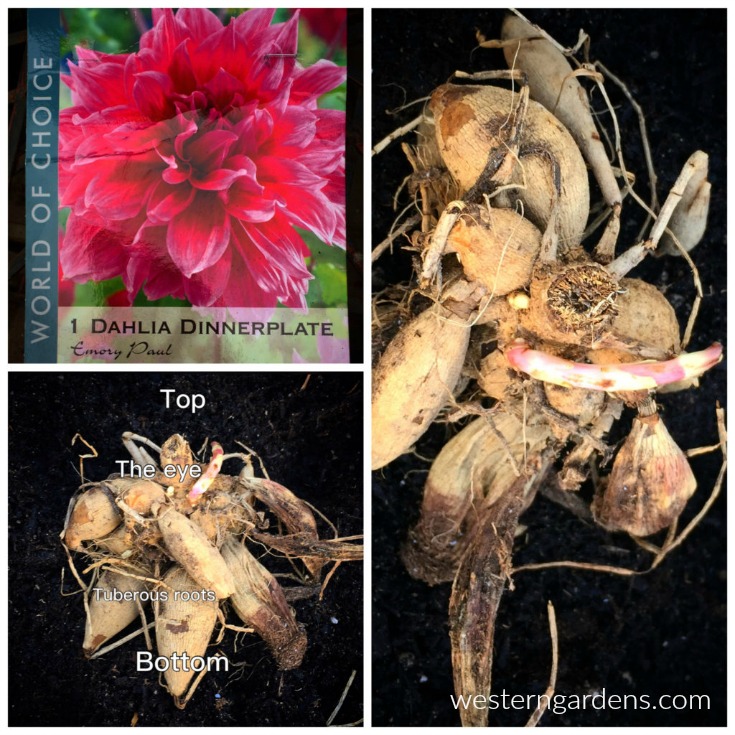 Dahlias should be planted in rich organic soil, in a sunny spot, and after the last frost. I am planting mine in pots early so I can get them started. I use Gardener’s Gold Organic Potting Soil. They will remain in pots outdoors for awhile so that when I see that temperatures are going to drop I can bring them inside. After the last frost, I will plant them outside. When planting it is important to give them plenty of room. I make sure each tuberous root has space between itself and its neighbors and then I’ll cover them with soil. Last year’s stem (the eye) should just be barely below the surface. Like the gladiolas, dahlias are
Dahlias should be planted in rich organic soil, in a sunny spot, and after the last frost. I am planting mine in pots early so I can get them started. I use Gardener’s Gold Organic Potting Soil. They will remain in pots outdoors for awhile so that when I see that temperatures are going to drop I can bring them inside. After the last frost, I will plant them outside. When planting it is important to give them plenty of room. I make sure each tuberous root has space between itself and its neighbors and then I’ll cover them with soil. Last year’s stem (the eye) should just be barely below the surface. Like the gladiolas, dahlias are